DROPS Lima
The perfect every day yarn!
from:
2.80€
per 50 g
Content: 65% Wool, 35% Alpaca
Yarn Group:
B (20 - 22 stitches)
/ 8 ply / DK / worsted
Weight/length: 50 g = approx 100 m
Recommended needle size: 4 mm
Knitting tension: 10 x 10 cm = 21 sts x 28 rows
Care: Hand Wash, max 30°C / Dry Flat / Feltable
Superwash: no
Made in: Peru
Raw material origin: Alpaca and wool from South America
This yarn has an Oeko-Tex® certification (certificate number 23.HPE.36896), Standard 100, Class II from the Hohenstein Institute. This means that is has been tested for harmful substances and is considered safe in human-ecological terms. Class II means the yarn is suitable to come in direct contact with the skin to a large extent, such as blouses, shirts, mattresses, etc.
DROPS Lima is a 4 strands sport yarn, made in a combination of 65% wool and 35% superfine alpaca, and its fibers are untreated, which means that they are only washed and not exposed to any chemical treatment prior to the dyeing. This highlights the fibers’ natural properties, while also providing a better shape and texture quality.
DROPS Lima is perfect for outdoor garments like classic Norwegian sweaters and sportswear, that are usually knitted tight for good shape stability. Hard wearing and durable like any great wool yarn should be, it also has the lovely properties from the alpaca, being soft and comfortable. A sport yarn with a touch of luxury!
Read more about our products' sustainability here
Please be aware that the colours shown may vary from screen to screen in the same way that shades may vary slightly from dye lot to dye lot.
How do I care for this yarn?

Hand Wash, max 30°C / Dry Flat
First of all, consider just airing the garment, instead of washing it. If you still desire to wash it, here are some guidelines:
- Hand wash at 30ºC - separately - with wool detergent without enzymes or optical brighteners.
- Don’t let the garment soak. Move the garment gently back and forth, do not rub or squeeze it.
- Rinse the garment until the rinse water is completely clear, making sure the water temperature stays uniform.
- Do a light centrifugation of the garment (about 800rpm), choosing a program that DOES NOT take in water at the start. Or press carefully the water out of the garment with a dry towel. The garment shouldn’t be twisted or rolled.
- To dry the garment, shape it and lay it flat - do not hang - ideally on a warm bathroom floor or on top of a drying rack in a room with good air circulation. Never dry the garment in direct sunlight.
- Don’t tumble dry.
- Never iron the garment directly. Use always a damp cloth between your steaming iron or regular iron and the garment.
Note: If you are washing a project made with this yarn combined with another, the general guideline is to follow the washing instructions for the most delicate of the yarns you are working with.
Thinking about felting this yarn?
See how this yarn looks before and after felting:
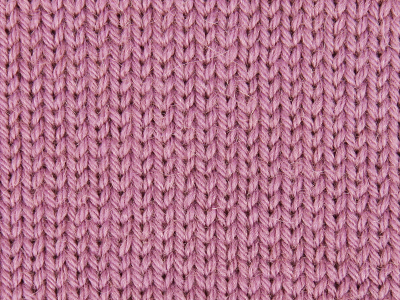
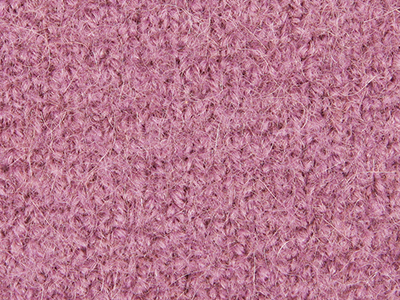
Needles: 4.00 mm
Before: 20 sts x 26 rows
After: 22 sts x 34 rows
Do you have a question about this yarn?
See a list of frequently asked questions (FAQ) about our yarns.
1) What type of fibers make the DROPS yarns?
Yarn can be made from a large number of natural and synthetic fibers. DROPS carries mainly yarns made from wool, cotton, alpaca, linen, mohair and silk. Each fiber type has its own qualities, and they are often mixed to take advantage of the best properties of each one. Coarse yarn has the advantage of being stronger and more durable, and finer fibers offer more softness and comfort. Here a bit about the main fibers we carry:
Alpaca:
Alpaca fleece is the natural fiber harvested from an alpaca, and it is similar in structure to sheep wool fiber. Its softness comes from the small diameter of the fiber, similar to merino wool. It is a soft, durable, luxurious and silky natural fiber. Yarn made from alpaca fibers does not felt or pill easily, and it can be light or heavy in weight, depending on how it is spun. While similar to sheep’s wool, it is warmer, not prickly, and has no lanolin, which makes it hypoallergenic. Alpacas come in 22 natural colors, with more than 300 shades from a true-blue black through browns-black, browns, white, silver and rose-greys.
Mohair:
This fiber comes from the Angora goats, and it's considered a luxury fiber. Mohair yarn is warm as wool, but much lighter in weight; it is durable, dyes well and does not felt easily. Mohair fibers have also a distinctive luster created by the way they reflect light. Despite being a hard fiber, mohair is usually spun into a very fluffy yarn, resulting in airy and lustrous garments.
Wool:
The wool fibers come from the skin of sheep and are relatively coarse fibers. Two striking characteristics of wool are its susceptibility to heat and its felting property, which is caused by the scales on the surface. Depending upon the breed of sheep, the appearance of the wool varies.
Wool from Merino sheep is considered the finest type of wool, having as characteristics that is finely crimped and soft. All the Merino wool in the DROPS yarns has its origins in South America, coming from sheep that have not been subject to Mulesing.
Pure new wool is wool made directly from animal fleece, and not recycled from existing wool garments.
Machine washable wool is wool treated chemically to minimize the outer fuzzy layer of the fibers, and be therefore fitable for machine wash (see Superwash).
Silk:
The silk fiber is a fine continuous fiber produced from the cocoon of a moth caterpillar known as the silkworm. While silkworm is cultivated, the wild or tussah silk is obtained from uncultivated silkworm cocoons. Silk fiber is one of the strongest natural fibers and makes a wonderful knitting yarn. It blends really well with other fibers, especially wool. Silk also dyes beautifully with natural dyes.
Vegetable fibers:
There are several varieties of vegetable fibers, found in the cell walls of plants or vegetables. Of all the varieties, two are recognized as major knitted or textile fibers. They are cotton and linen.
Cotton is the fiber surrounding the seeds in a cotton pod, and it is almost pure cellulose. Cotton is usually white in color but there are green and brown varieties as well. The cotton fiber is most often spun into yarn or thread and used to make a soft, breathable textile that is good for summer clothing and accessories, making a weaker yarn than silk or linen but stronger than wool.
Mercerized cotton is cotton that has been through a mercerization treatment. This treatment gives cotton fabrics and threads a lustrous yarn that is more lustrous than conventional cotton. It is also stronger, takes dye a little more readily, makes the yarn more resistant to mildew and reduces lint. It also may not shrink or lose its shape as much as "regular" cotton.
Linen is a fiber derived from the stalk of the flax plant that is durable and stronger than any other fiber. The linen fiber is relatively soft, straight and lustrous and becomes more beautiful with age. Linen is more comfortable to wear in hot temperatures than cotton, due to the fact that it absorbs moisture better and dries more quickly.
Other materials used in our yarns include synthetic fibers such as acrylic, viscose, polyamide (nylon) and polyester. These fibers are used mostly to give strength to a yarn (like our sock yarn, DROPS Fabel) or a special kind of structure (like our blown yarn, DROPS Air).
The polyamide fibre, commonly known as nylon, is very strong, durable, lightweight, easy to care for (can be machine washed and dried), and elastic, which makes it perfect for blending with other fibres to produce hard-wearing yarns like sock yarn.
Compared to polyester, polyamide is softer and more flexible, but it also absorbs more water and dries slower.
3) What type of information can I find on the DROPS yarn labels?
All DROPS yarn labels include information about fiber content (wool, cotton, etc.), weight in grams and ounces, length in meters and yards, washing instructions and symbols (explained here), color number, dye lot number and yarn group information.
4) What are the DROPS yarn groups?
All DROPS yarns are classified into 6 different thickness groups (A to F). Yarns in a same group have similar knitting tension/gauge, and can therefore be interchanged in patterns; however the length may be different, so when substituting always calculate the amount of meters/yards needed for the pattern to know the amount of yarn you need to get.
5) Can I use a different yarn than the one mentioned in the pattern?
Yes, as long as the yarn can be worked in the same knitting tension/gauge. Always swatch to make sure you get the same number of stitches in width and rows in height as given in the pattern.
Remember that different yarns with different textures, will give the garment different looks. The yardage/length may also be different, so when substituting always calculate the number of yards needed, in order to know the amount of yarn you need.
Read more about how to calculate the amount of an alternative yarn - and how to replace 1 thread of a yarn with 2 or more of another, here.
6) What does it mean when a yarn is “Superwash”?
A superwash wool is a special wool product that has been treated or processed in a way that allows it to be machine washable. Many people are afraid to work with wool because it is so easy to shrink (though some shrink wool on purpose) and superwash wool can allow them to work with great fibers without worry. (Read more here).
7) What does “Oeko-Tex® certified” means?
The Oeko-Tex® Standard 100 was introduced at the beginning of the 1990s as a response to the needs of the general public for textiles which posed no risk to health. The Oeko-Tex® Standard 100 is a globally uniform testing and certification system for textile raw materials, intermediate and end products at all stages of production. The test for harmful substances comprise substances which are prohibited or regulated by law, chemicals which are known to be harmful to health, and parameters which are included as a precautionary measure to safeguard health.
For more info go to www.oeko-tex.com
10) How accurate are the colours on the shade cards online?
When obtaining images for the shade card, we do our best to achieve the highest level of color accuracy. Unfortunately, we cannot guarantee how images will appear on your computer screen. Every monitor displays color differently, some colors might look darker than they really are, and some colors might be more saturated on some screens. If you experience that many of the yarn colors looks different on your screen than the actual color of the skeins, you can adjust the setting on your monitor.
11) What is a micron? What does super fine / extra fine mean?
The fineness of yarn fibers is measured in microns (thousands of millimeters). Super fine alpaca wool is 26-28 microns. Fine merino wool is less than 21.5 microns and extra fine merino is under 19.5 microns. The less microns the softer and more delicate a quality can be, the more microns the more hard wear the quality will be.
The reason why the microns in a yarn’s fibers are important is that the yarn will eventually become something else, and how delicate or coarse a yarn is will determine in part what we use it for. That’s why we recommend the softest yarns (like DROPS Baby Merino) for baby clothing, or why we choose to use a more hard wear yarn like DROPS Snow, for a seating pad or slipper.
12) Why are the colours in my skeins of print yarn different?
The reason why two skeins of a same print yarn look different can be 1) that both skeins are part of different dye lots; 2) that the skeins have been dyed using a technique called "magic print" (the one used for example in DROPS Delight), which provides unique patterns and smooth colour transitions to each skein, meaning also that within one dye lot, lighter or darker varieties might appear. This is no fault or defect, but part of the yarn's character.
13) My store doesn’t have the colour I want, what can I do?
If your DROPS store doesn’t have the yarn colour you want, try contacting a DROPS Super Store (the ones with the golden badges) - they will make sure to get a hold of the colour even if they don’t have it in stock themselves. See a list of all DROPS stores here.
14) Where can I find a specific dye lot of a colour?
Always try contacting your DROPS store first. If they do not have the dye lot you want we recommend you to ask other knitters and crocheters in the DROPS Workshop in Facebook or Ravelry, which may have the dye lot in their stash and might be willing to part from it.
Yarn sheds because there's not enough twist to hold all of the fibers together. All yarns have excess fibers (from production) that might come off as lint or shedding, in varied degrees that depend on how the yarn is spun. Brushed yarns ("hairier" yarns) like DROPS Melody, have more of these loose fibers than other yarns, and therefore shed more. Shedding also depends on what is worn under or over the garment, and whether this pulls at the yarn fibers. It’s therefore not possible to guarantee that there will be no shedding.
Below are some tips on how to get the best result when working with hairier yarns:
- When the garment is finished (before you wash it) shake it vigorously so the looser hairs come off. NOTE: do NOT use a lint roller, brush or any method that pulls at the yarn.
- Place the garment in a plastic bag and put it in your freezer - the temperature will cause the fibers to become less attached to each other, and excess fibers will come off easier. Leave in the freezer for a few hours before taking it out and shaking it again.
- Wash the garment according to the instructions on the yarn label. Garments worked with hairier yarns usually need to be shaken once dry after washing, so that the hairs rise and any excess fibers can come off.
Pilling is a natural process that happens to even the most exclusive of fibers. It's a natural sign of wear and tear that is hard to avoid, and that is most visible in high friction areas of your garment like a sweater's arms and cuffs.
You can make your garment look as new by removing the pilling, using a fabric comb or a pill/lint remover.
How can I replace this yarn?
If you are looking to replace this yarn with another DROPS yarn, you can use another yarn within the same yarn group, or try our yarn converter!
Other yarns in Yarn Group B
Read more about replacing yarn.Have a problem with the DROPS yarn you purchased?
When you purchase yarn from the shade cards or patterns on our site, you are not buying directly from DROPS but from one of the hundreds of DROPS stores around the world. It is therefore important that you take contact with the DROPS store where you bought the yarn, and that you save the labels of all the skeins you purchased (they are your warranty).
The DROPS store you contact will assist you and escalate the claim if necessary. Find a list of DROPS stores here.
Comments / Questions (220)
![]() Angelika wrote:
Angelika wrote:
Wie steht es mit der Hautverträglichkeit? Mit Alpaka oder Merino habe ich keine Probleme, allerdings kann "Schurwolle" ja auch etwas anderes sein, oder?
27.09.2016 - 09:27DROPS Design answered:
Liebe Angelika, Lima besteht aus Peruanischer Hochlandwolle und Alpaka superfine, die Hautverträglichkeit hängt von jedem ab. Ihr DROPS Laden wird Ihnen gerne auch telefonisch or per Mail helfen.
27.09.2016 kl. 10:44
![]() Jodie wrote:
Jodie wrote:
Hi has anyone tried to machine wash this yarn? I have just finished making one of your patterns with it and i love it but the yarn has quite a strong smell to it. I have tried hand washing it but its no better so I'm considering using a wool cycle with low temp and spin but don't want to ruin it. Is there any other way to get rid of the smell or at least tone it down. Thanks
14.08.2016 - 19:09DROPS Design answered:
Dear Jodie, DROPS Lima is not machine washable as you can see on its labels and on the shade card - you will find here more informations about yarn care and remember your DROPS store will provide you even more tips & advices, even per mail or telephone. Happy knitting!
15.08.2016 kl. 11:41
![]() Petra wrote:
Petra wrote:
Liebes Drops-Team, plant Ihr die Farbe "Nebel", die es ja schon in Alpaca und Nepal gibt auch für die Lima? Mit herzlichem Dank und Gruß! Petra
29.06.2016 - 14:08DROPS Design answered:
Liebe Petra, unsere Farbkarte wird immer wieder durch neue Farben ergänzt, ich kann Ihnen aber leider noch nicht sagen, ob diese Farbe bei Lima auch dabei sein wird.
06.07.2016 kl. 12:03
![]() Gerd Bjørk wrote:
Gerd Bjørk wrote:
Kan genser strikket i Lima vaskes i vaskemaskin på 30 grader med milo og tørkes flatt etterpå?
21.04.2016 - 10:03DROPS Design answered:
Hei Gerd. Lima er haandvask og ikke til maskinevask! Se vaskeanvisningen for Lima paa garnkortet.
21.04.2016 kl. 11:32
![]() Joly wrote:
Joly wrote:
J ai fais un pull 131 -1je l ai laver a la main est maintenent elle c est ralonger je suis tres decus j ai une pour 80euros de laine decus dis moi con que faire de depris elle etais telement belle merci de votre repose
31.03.2016 - 19:37DROPS Design answered:
Bonjour Mme Joly, lisez attentivement les différentes généralités sur l'entretien et n'hésitez pas à contacter votre magasin DROPS, même par mail ou téléphone, il saura vous aider. Bon tricot!
01.04.2016 kl. 08:37
![]() Liv Krade wrote:
Liv Krade wrote:
Hei - lurer på om hvilket garn som skal kunne kombineres med vanlig Alpakka, da ren Alpakka gjerne strekker seg mye under bruk. Kan det være aktuelt med dette Drops Lima?
16.02.2016 - 16:49DROPS Design answered:
Hej Liv, Ja du kan kombinere Alpakka med DROPS Lima, men se om du overholder strikkefastheden så det svarer til den model du vil strikke/hækle.
29.02.2016 kl. 14:15
![]() Daniela wrote:
Daniela wrote:
Hello. I would like to know if Lima shrinks or stretches with wear. I intend to make a sweater, so in choosing a pattern size, should I round off to a smaller or larger size than mine? Or rather to prevent stretch/shrinkage, should I use larger or smaller needles than recommended? How should I combine the two? (size choice and needle choice). Thank you very much.
30.01.2016 - 22:10DROPS Design answered:
Dear Daniela, the tension may affect the stretching and the pattern used may affect strechting & shrinking - you can make a swatch in the pattern used, wash and block it to check tension. Your DROPS store will also help you with more individual assistance as well as tips & advices. Remember also to check yarn care (Lima can be felted). Happy knitting!
01.02.2016 kl. 11:43
![]() M. wrote:
M. wrote:
Al mijn bollen zijn volgens label 92m/101yds. Gelieve dit aan te passen op de website. Bij berekeningen/patronen voor 10 bollen en meer scheelt dit gauw een hele bol die je dan tekort komt (als je uitgaat van 100m per bol zoals vermeld op de site). Bij voorbaat dank.
09.01.2016 - 14:39
![]() Anette Kusk wrote:
Anette Kusk wrote:
Når der står håndvask 30 grader - betyder det at man også kan vaske på håndvaskeprogram i vaskemaskine - selvfølgelig uden centrifugering.
06.01.2016 - 00:38DROPS Design answered:
Hej Anette. Håndvask er vask i hånden. Hvis du alligevel vil pröve, saa strik först en pröve og vask den i din maskine, saa undgaar du ulykker!
06.01.2016 kl. 09:35
![]() Wil Kuilers wrote:
Wil Kuilers wrote:
Ik had vier bolletjes drops lima en wilde er een krukhoesje van maken. om de haverklap had ik een draad die uitrafelde en brak. heel vervelend.
29.11.2015 - 00:08
![]() Zsuzsa wrote:
Zsuzsa wrote:
Ich möchte eine, aus Lima gehäkelte, Tasche in der Waschmaschine filzen. Ich habe gelesen das es sich gut verfilzen lässt. An welchem Temperatur ist es am besten?
23.11.2015 - 19:57DROPS Design answered:
Liebe Zsuzsa, die Wolle filzt am besten bei 40°C.
25.11.2015 kl. 07:33
![]() Nicole wrote:
Nicole wrote:
Die Wolle LIMA hat eine tolle Qualität und lässt sich wunderbar verstricken!! Da ich sehr fest stricke, kommt bei mir die Maschenprobe mit Nadelstärke 4 nicht hin. Habe daher Stärke 4,5 verwendet und dann komme ich mit 21 Maschen und 28 Reihen auf 10x10 cm. Habe beide Maschenproben gewaschen, bei mir bleiben die Maße auch nach dem Waschen erhalten, es leiert nichts aus.
16.11.2015 - 11:28
![]() Jenny wrote:
Jenny wrote:
Hur långt är ett nystan? står ca 100 m här på websidan men på garnet står det 92m.
12.11.2015 - 21:34DROPS Design answered:
Vi har gjort en liten justering på längden på detta garn och det garn som produceras nu är på 100 m. Info på banderollen stämmer med längden på garnet. Mvh DROPS Design
13.11.2015 kl. 11:24
![]() Loredana wrote:
Loredana wrote:
Scusate....ho inviato per ben tre volte lo stesso messaggio! Loredana
19.10.2015 - 19:31
![]() Marlen wrote:
Marlen wrote:
Ich habe einen Pullover mit Lima gestrickt, der mittlerweile etwas ausgeleiert ist. Kann man das durch Waschen wieder rückgängig machen, sodass der Pullover wieder besser passt?
12.10.2015 - 00:05DROPS Design answered:
Liebe Marlen, Wollsachen regenerieren sich gut beim Lüften an der frischen Luft oder sonst sollten Sie den Pullover tatsächlich nach unseren Vorgaben waschen.
27.10.2015 kl. 10:47
![]() Benedicte wrote:
Benedicte wrote:
Hei! Lurer på om dette garnet egner seg til sokker? Tenker typ hyttesokker.
27.09.2015 - 20:26DROPS Design answered:
Hej Benedicte, DROPS Lima egner sig perfekt til hyttesokker. Vil du at de skal holde sig godt ved daglig brug, så skal du vælge et af vore sokkegarner. Se gerne "Tips & Hjælp": "Hvordan velge garn?" God fornøjelse!
09.10.2015 kl. 15:15
![]() Dari wrote:
Dari wrote:
Kann man denn diese Wolle (natur oder weiß) auch noch mit einer anderen Farbe selber färben?
24.08.2015 - 16:40DROPS Design answered:
Liebe Dari, unsere Garne sind nicht als Handfärbegarne gedacht.
28.08.2015 kl. 16:07
![]() Annica Nilsson wrote:
Annica Nilsson wrote:
Fungerar det att virka en sjal i detta garn, alltså Drops Lima? Annica
16.06.2015 - 19:52DROPS Design answered:
Hej. Ja du kan virka med Lima. Virka gärna en provlapp först för att se om du tycker om att virka med det och för att se resultatet. Mvh DROPS Design
26.06.2015 kl. 10:18Mal wrote:
Hello, what mix colour is the yarn in one of your Drops Lima promotional images on the Drops Lima page? I cant seem to put a link :( The yarn appears pictured with skeins of what looks like ruby red and pistachio, but Im not sure what the mix colour is and like it. Is it grey mix 9015 or beige mix 0619 or some other colour? Thanks
23.05.2015 - 07:56DROPS Design answered:
Dear Mal, on this picture, you can see colours 9015, 5820 and 7219. Happy knitting!
26.05.2015 kl. 13:04
![]() Susanne wrote:
Susanne wrote:
Liebes Drops-Team, ich habe eine Frage zur Länge der Lima. Hier auf der Dropsseite steht, 100m/50g. Auf meinen Knäuel steht aber 92m. Was ist nun richtig? Viele Grüße, Susanne
06.05.2015 - 11:24DROPS Design answered:
Liebe Susanne, es gab eine kleine Änderung und die Lauflänge ist neu 100 m, aber in den Anleitungen ist in jedem Fall genügend Material angegeben, da diese bis jetzt für die 92 m Lauflänge gemacht wurden. Die Maschenprobe bleibt gleich.
08.05.2015 kl. 10:50
![]() Katrine Jørgensen wrote:
Katrine Jørgensen wrote:
Elsker dette garn. Er meget sart overfor garn der kradser, men dette kan jeg have på hele dagen. Mit spørgsmål er om der er lavet om på garnet, har netop modtaget nyt som jeg skal strikke sammen med nogle af de farve jeg allerede har, men det virker tyndere, strammere spundet? Jeg håber ikke det kan ses når jeg strikker det sammen.
25.04.2015 - 13:07DROPS Design answered:
Hej Kathrine. Nej, der skulle ikke vaere aendret paa garnet, saa du kan roligt strikke med det.
27.04.2015 kl. 11:18
![]() Pilar Jimenez wrote:
Pilar Jimenez wrote:
Esta lana pica. y cuantos ovillos necesito para una chaqueta de adulta ,gracias
10.11.2014 - 23:23
![]() Eckert Marianne wrote:
Eckert Marianne wrote:
In der Zeitschrift "li Idee di susanna" vom Oktober 2014 ist auf Seite 74-75 ein Modell mit der Wolle Lima abgebildet. Gibt es diese Anleitung auch bei Drops direkt? Ich kann kein italienisch, würde dieses Modell aber gerne nachstricken.
25.10.2014 - 21:33DROPS Design answered:
Liebe Marianne, alle Modelle, die in Zeitschriften veröffentlicht werden, gibt es auch in unserer online Musterdatenbank. Sie können unsere Suchmaschine benutzen um das Modell zu finden.
27.10.2014 kl. 07:54
![]() MAY BREMNES wrote:
MAY BREMNES wrote:
Hvorfor er det så vanskelig å finne mønstre til dette garnet? Mange fine farger, men savner et mønster til en lang jakke med raglanfelling.
12.09.2014 - 00:05








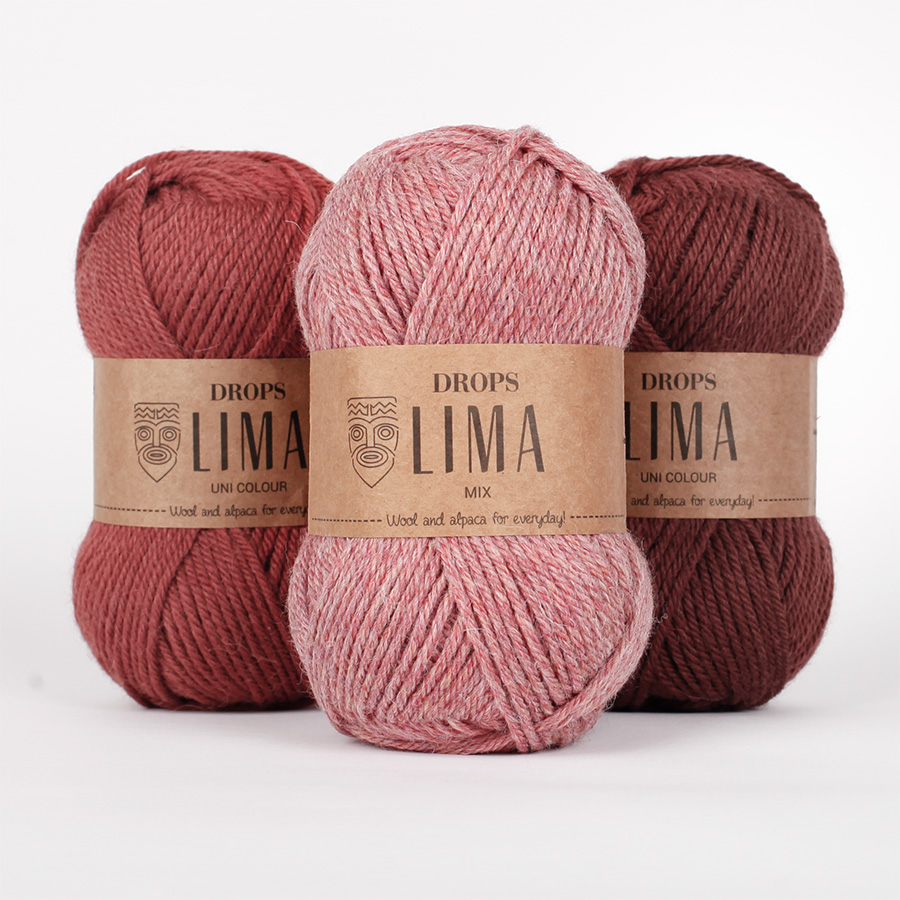




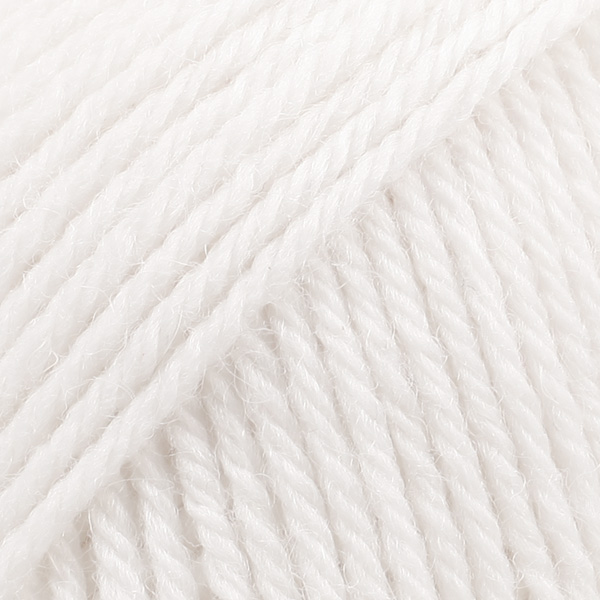




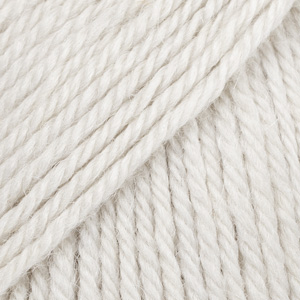
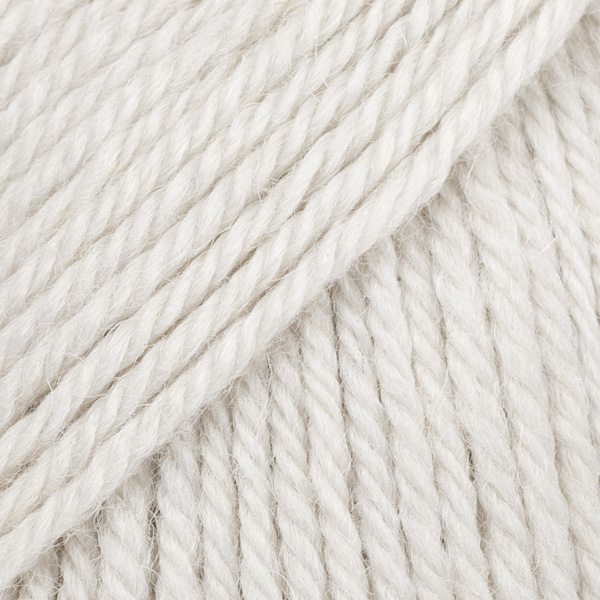

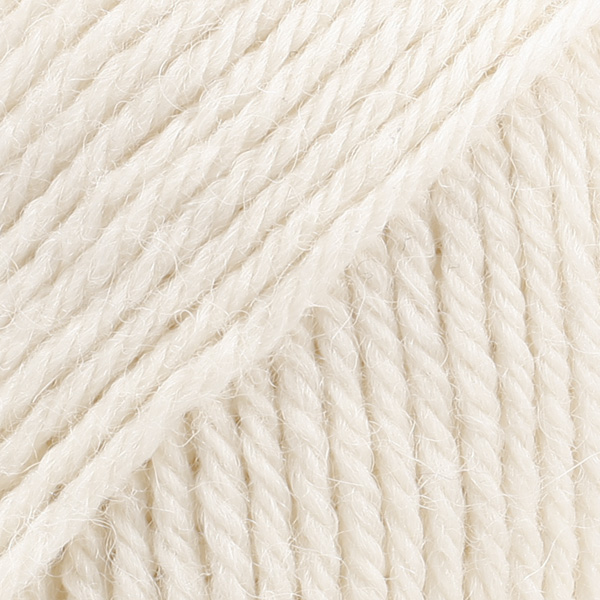






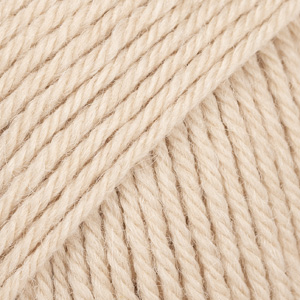
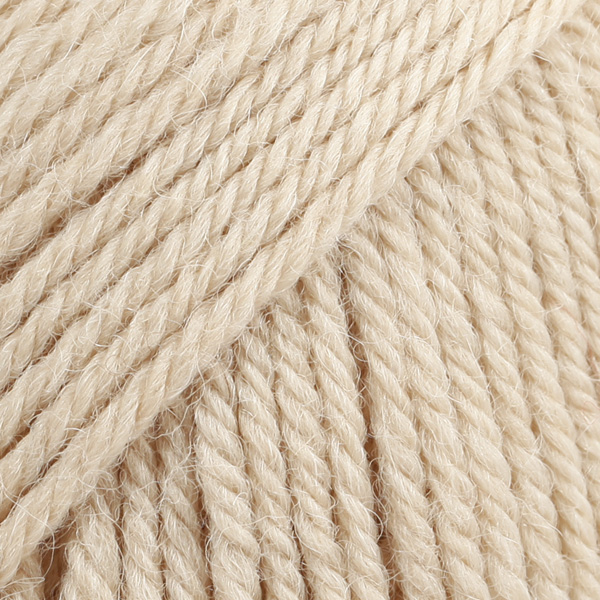









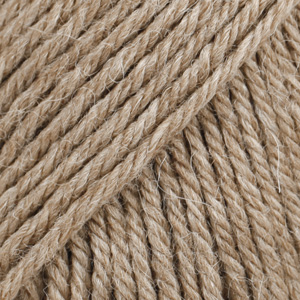
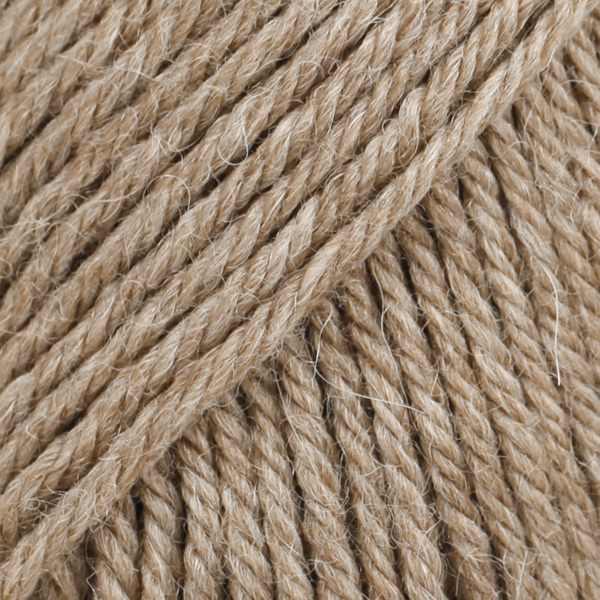


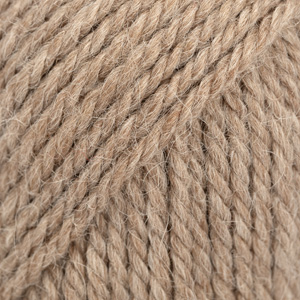

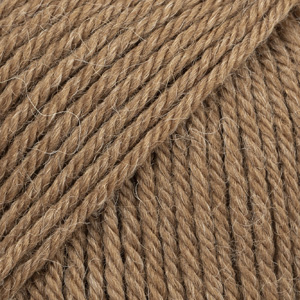
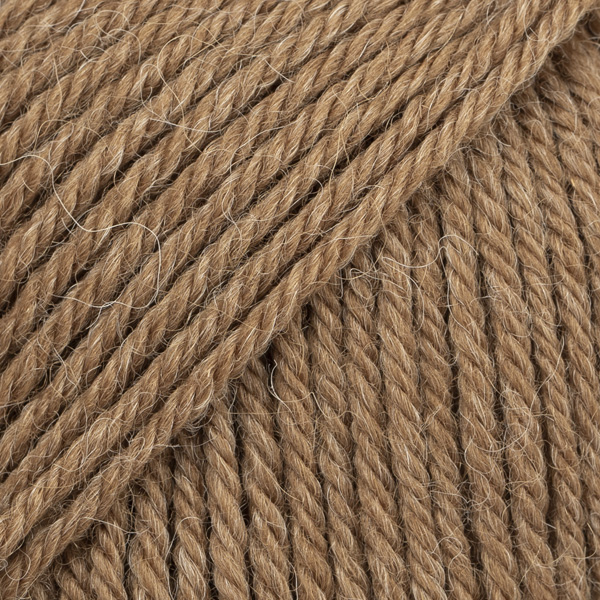

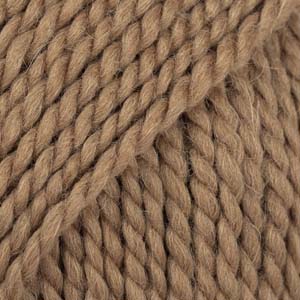







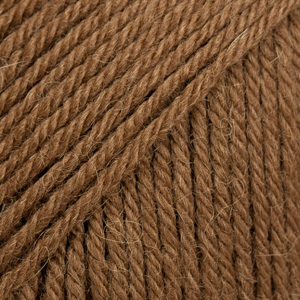
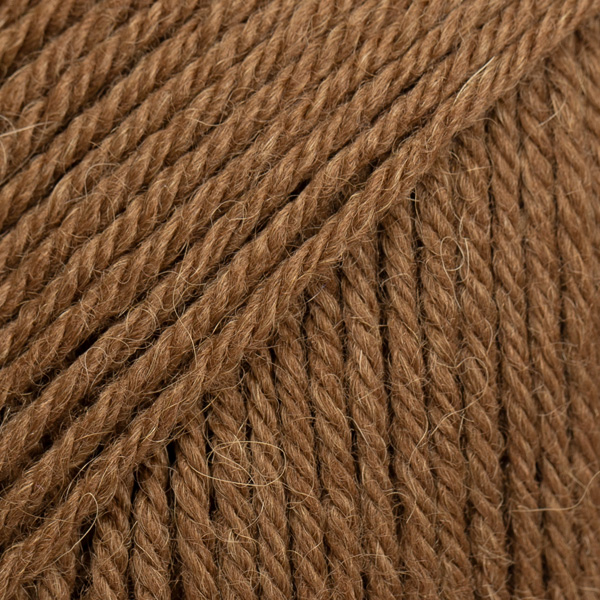


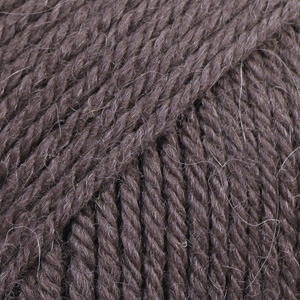
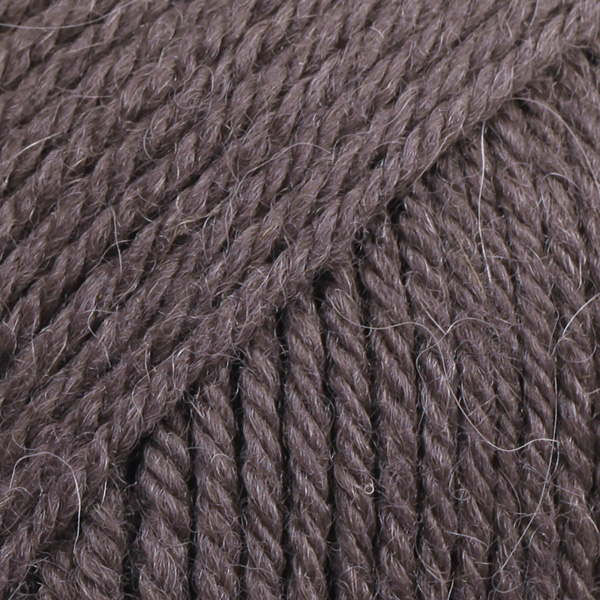
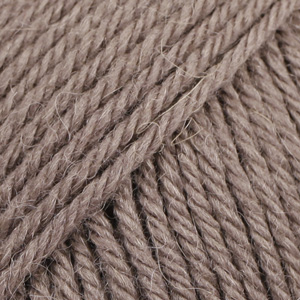
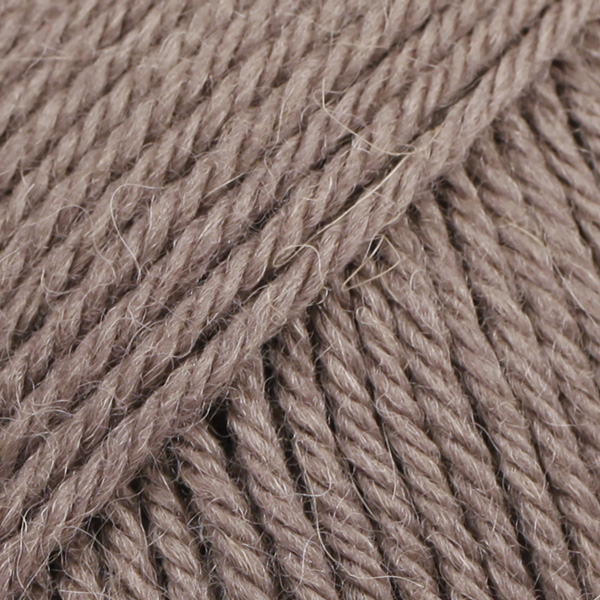
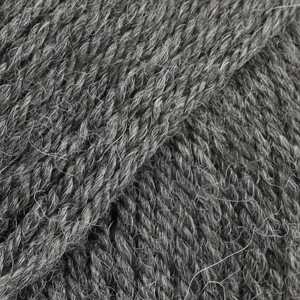






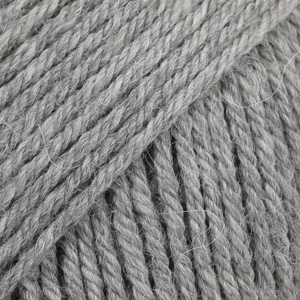
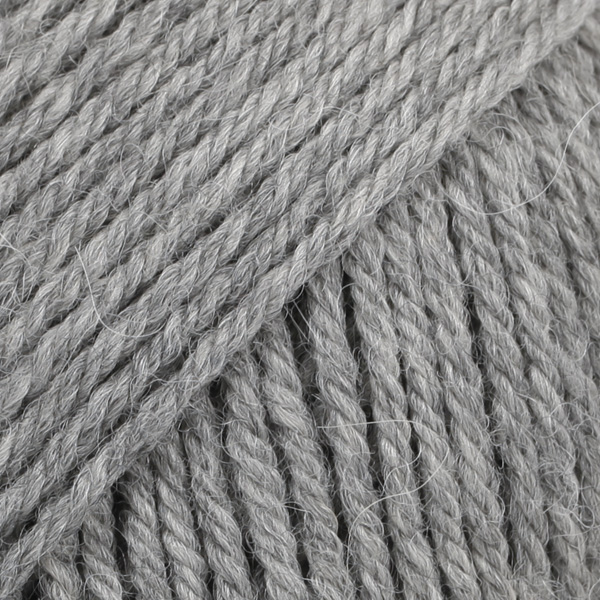








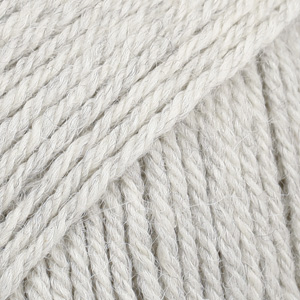
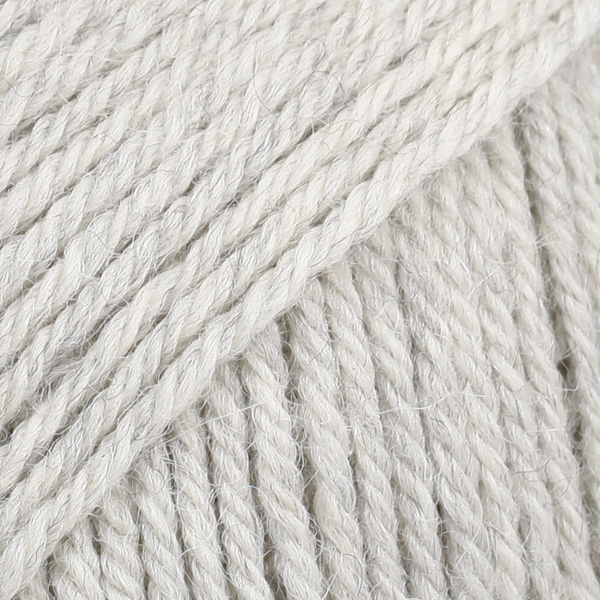










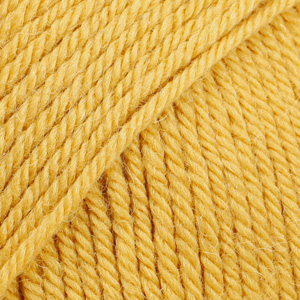
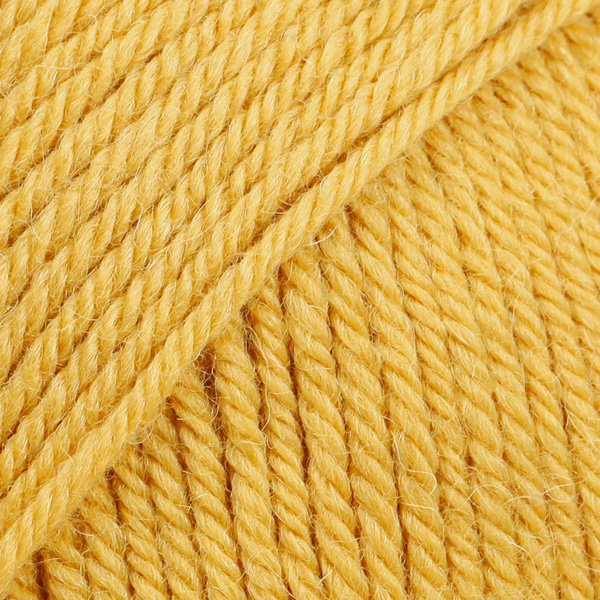



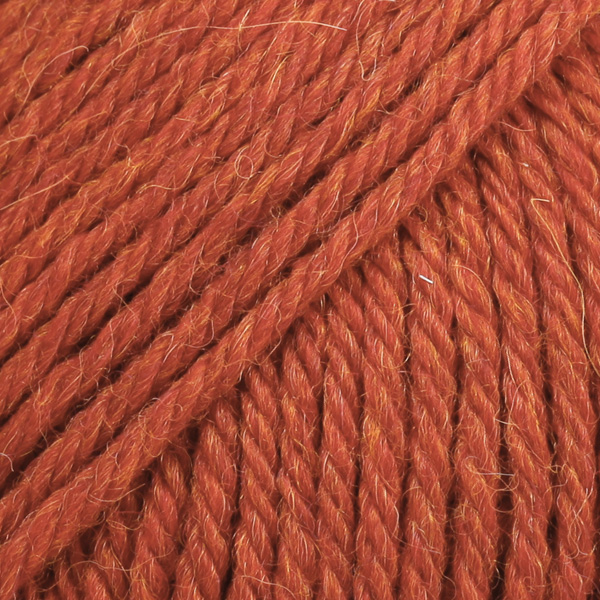
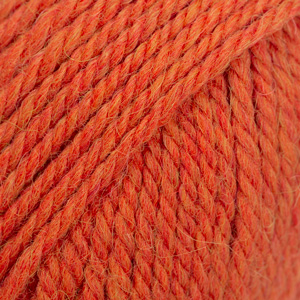


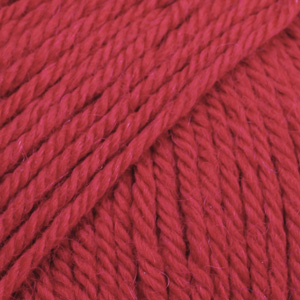
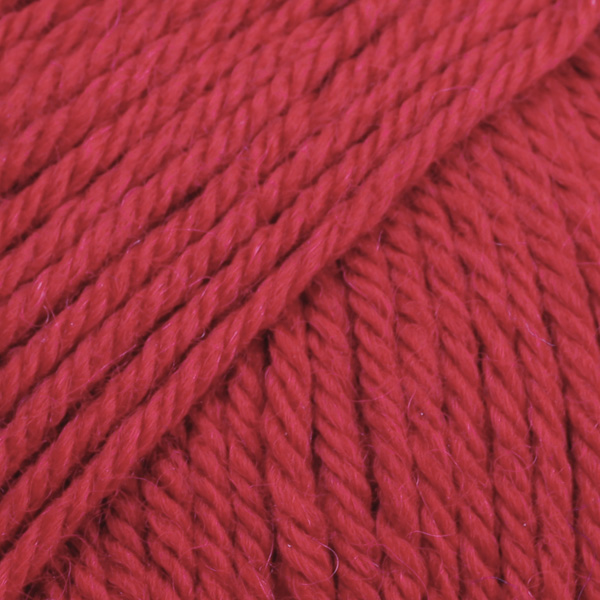





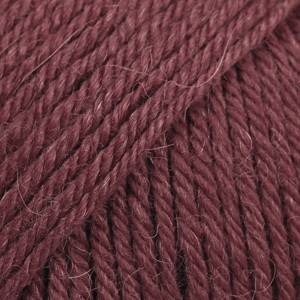
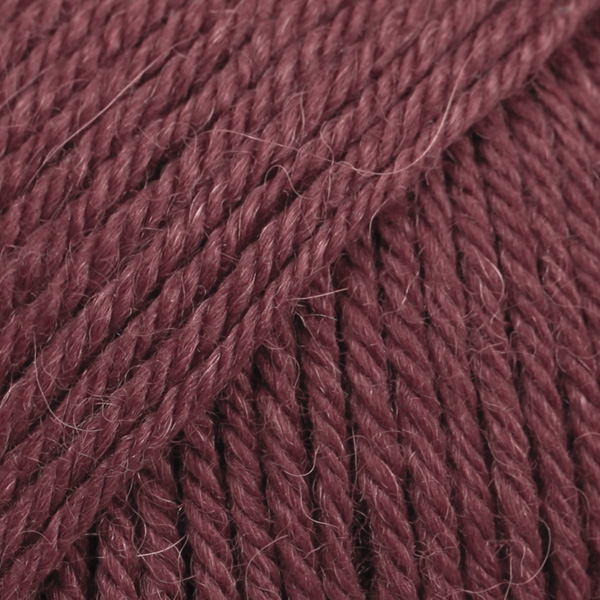
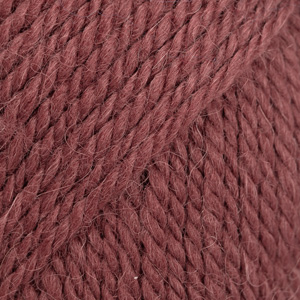



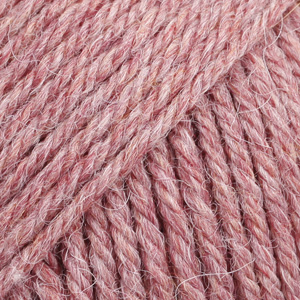
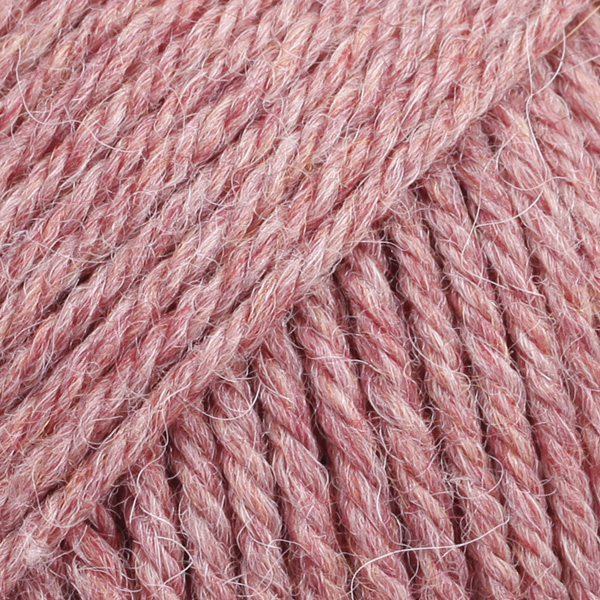
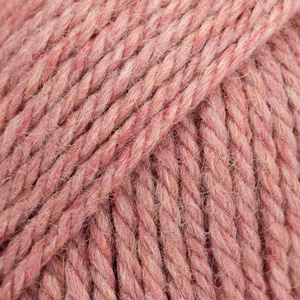

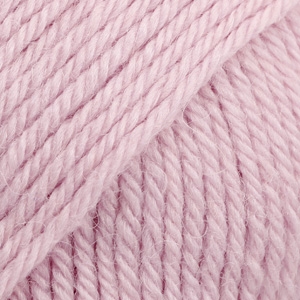
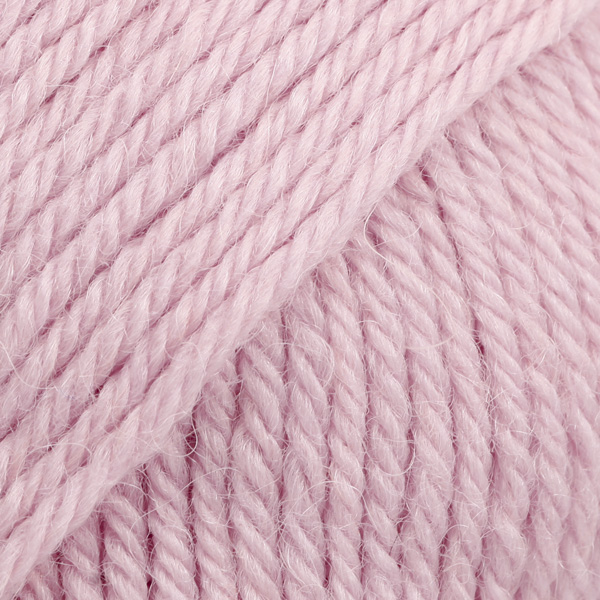


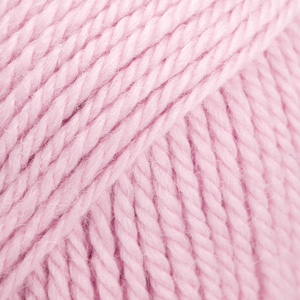
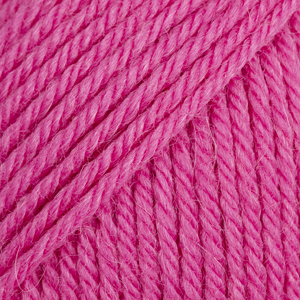
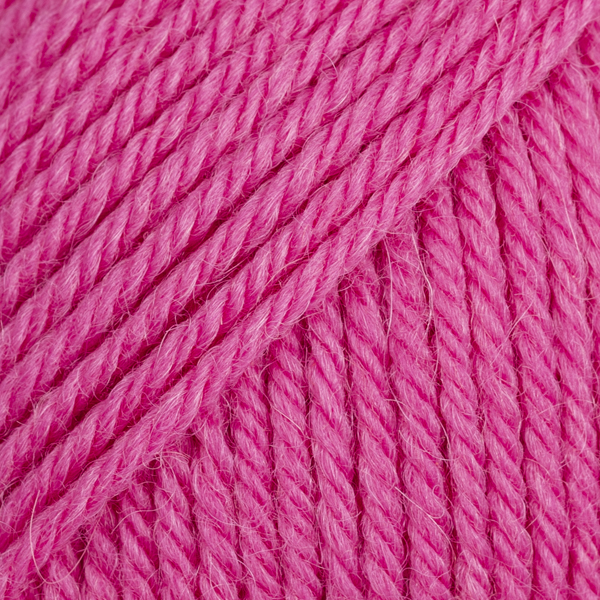









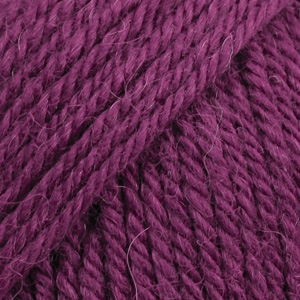
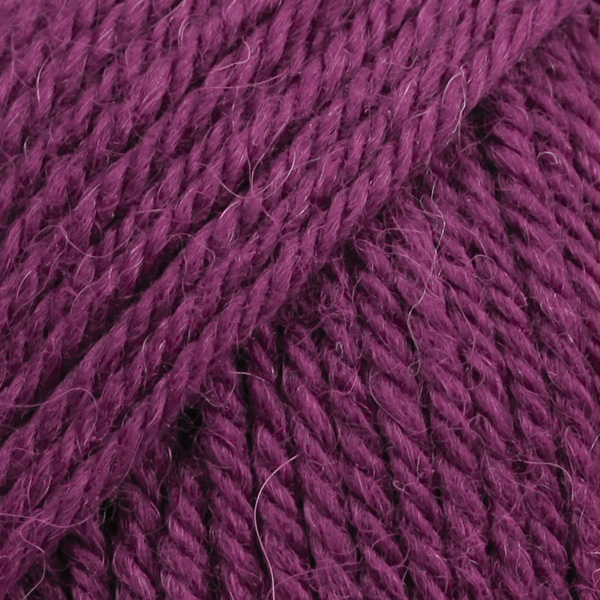

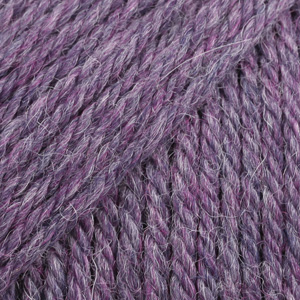
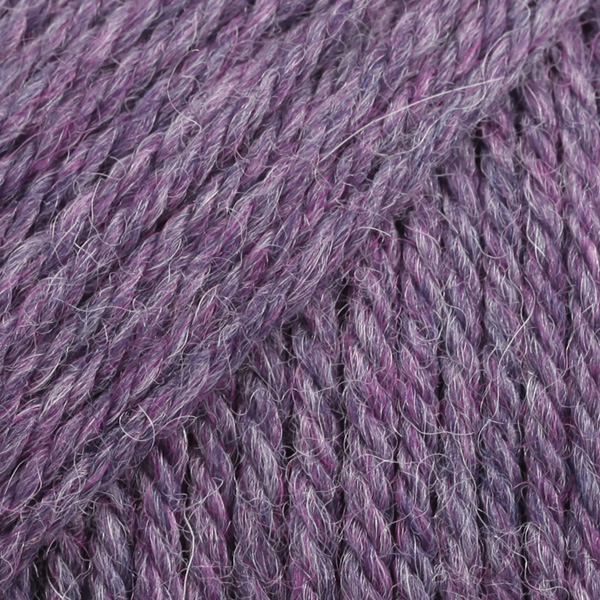




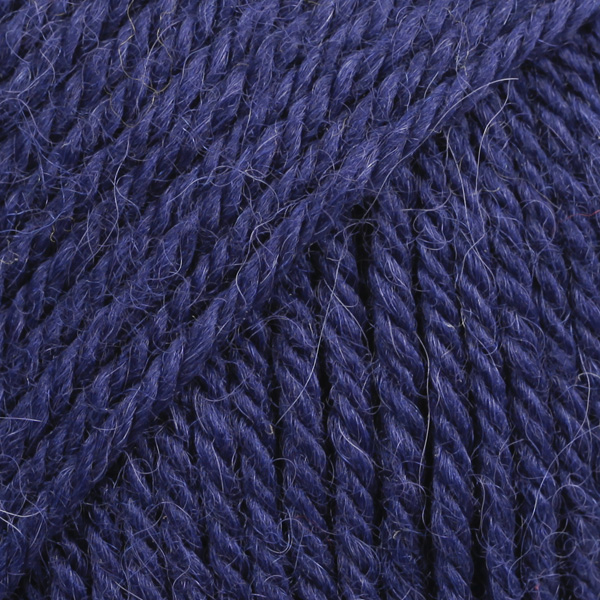

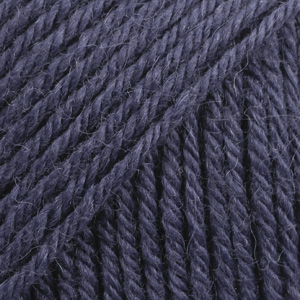
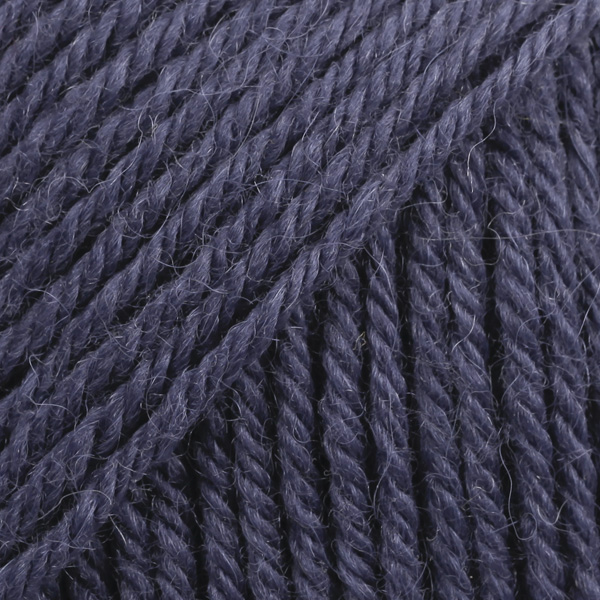



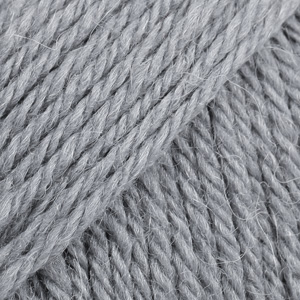
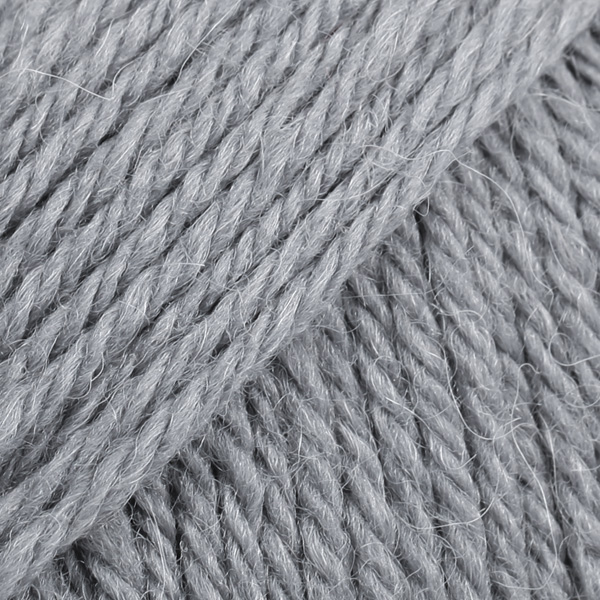
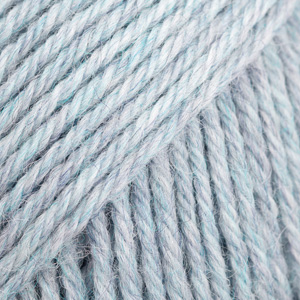
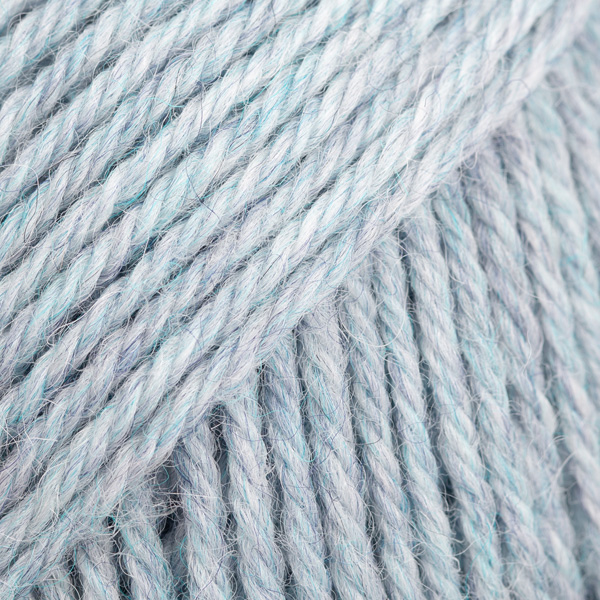
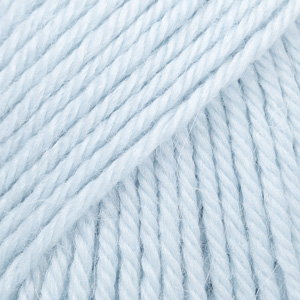
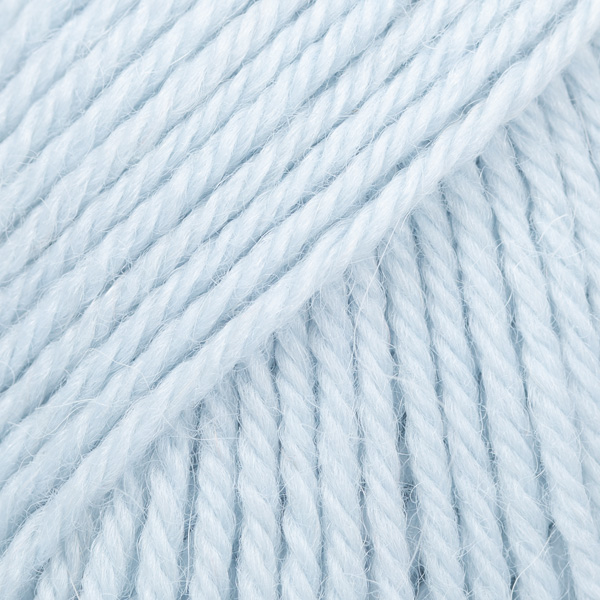
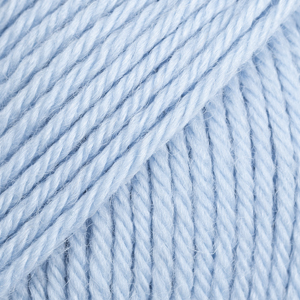
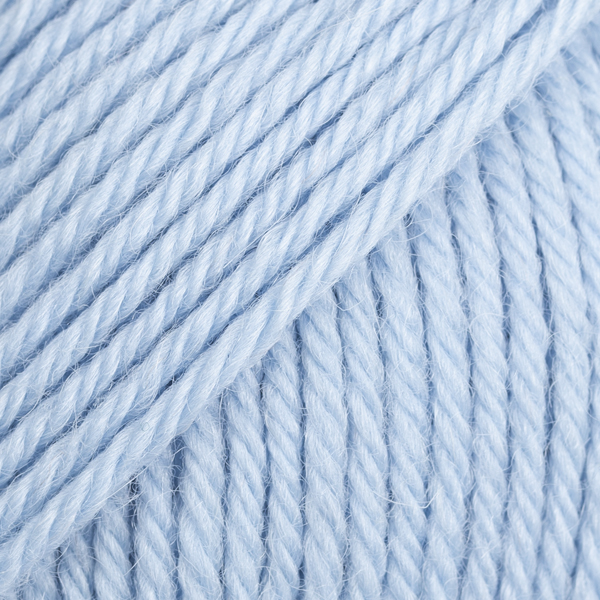
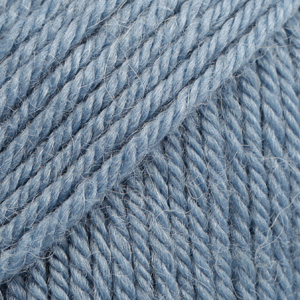

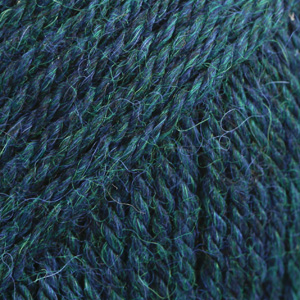
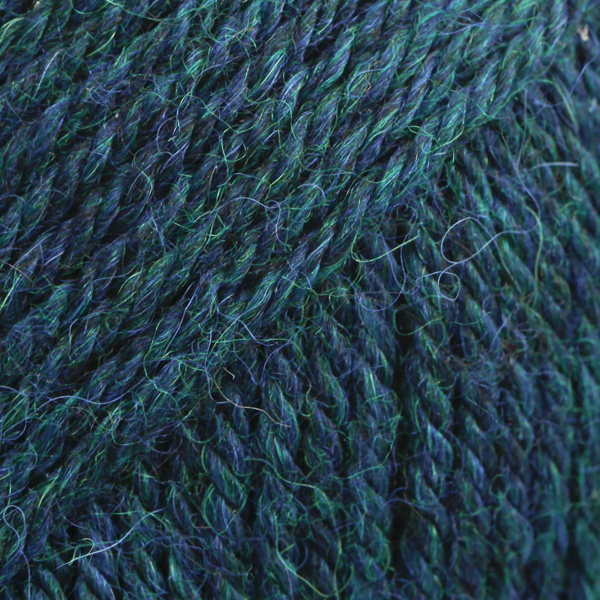
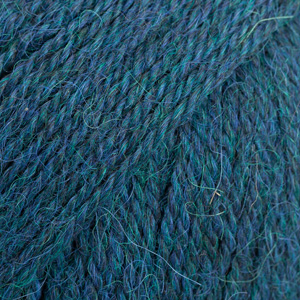
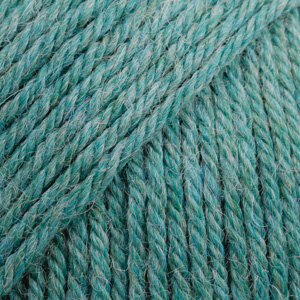
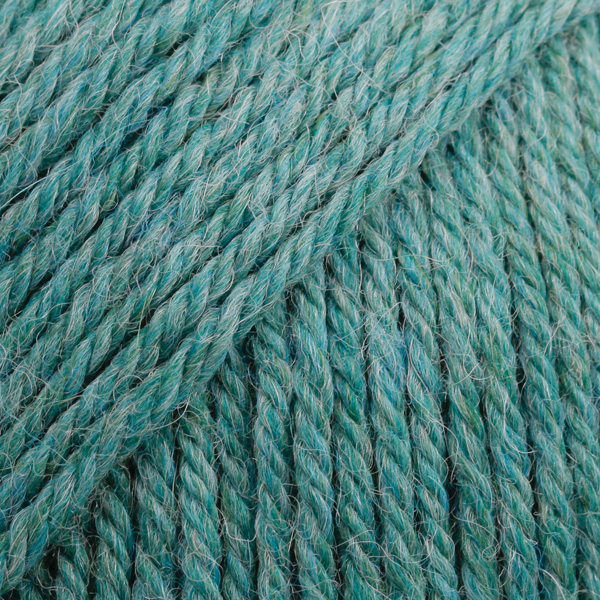








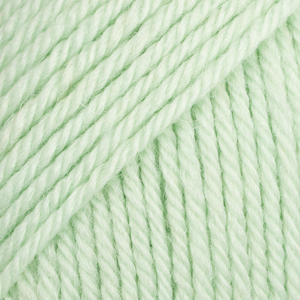
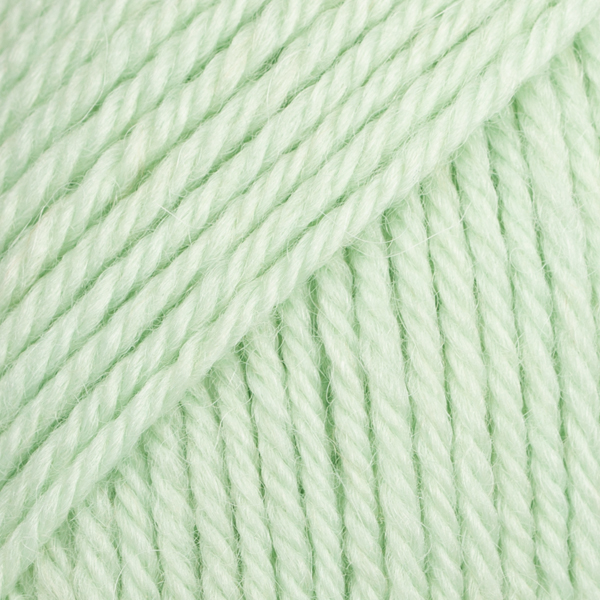

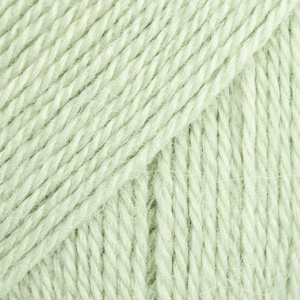








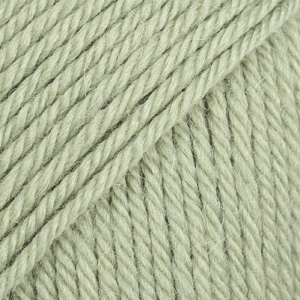
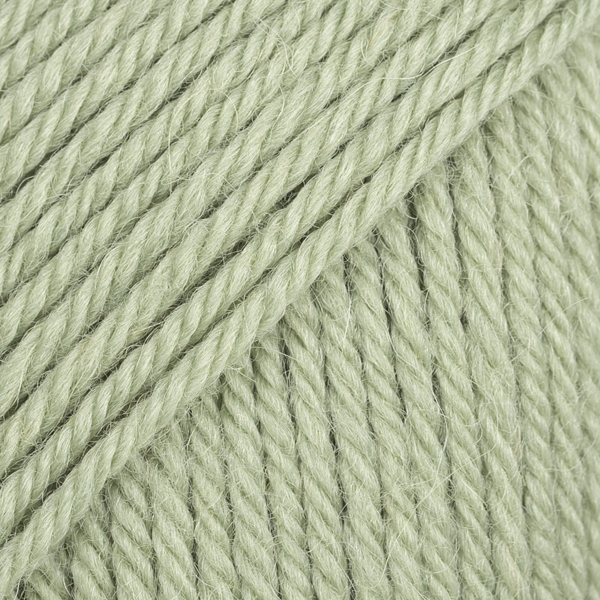
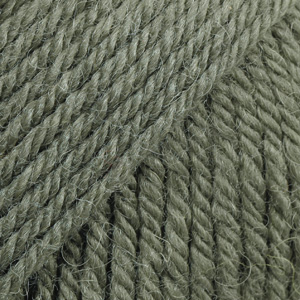
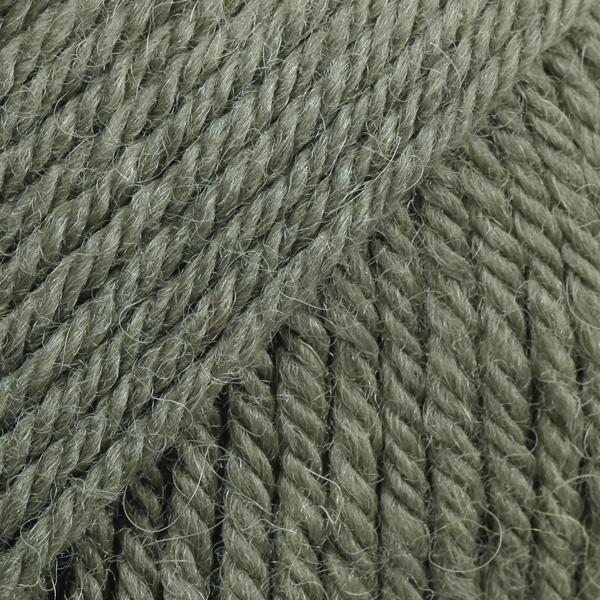
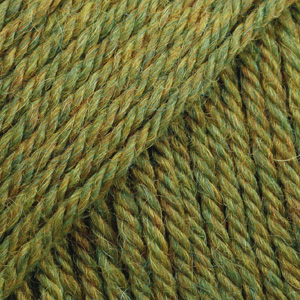
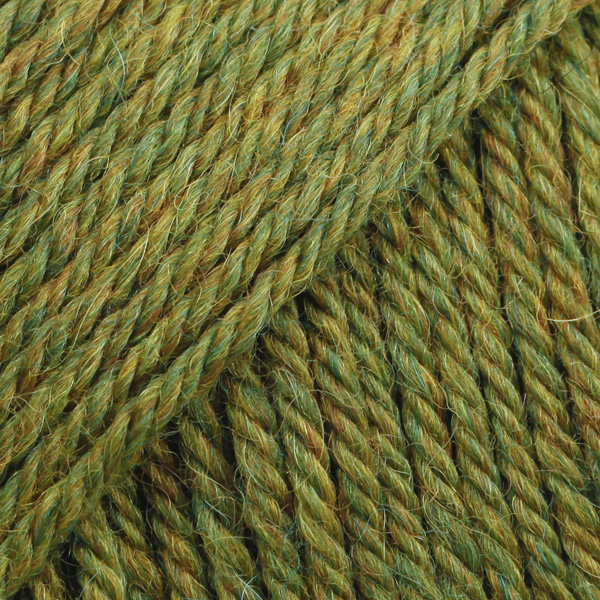

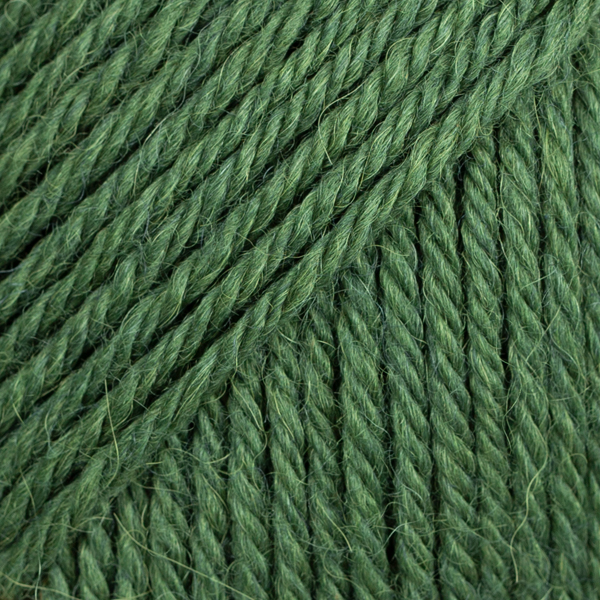



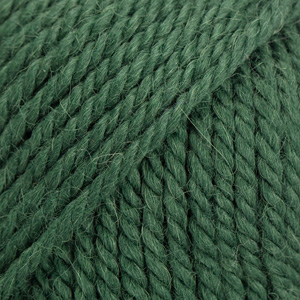


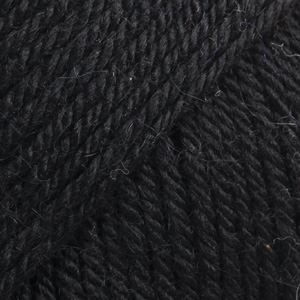
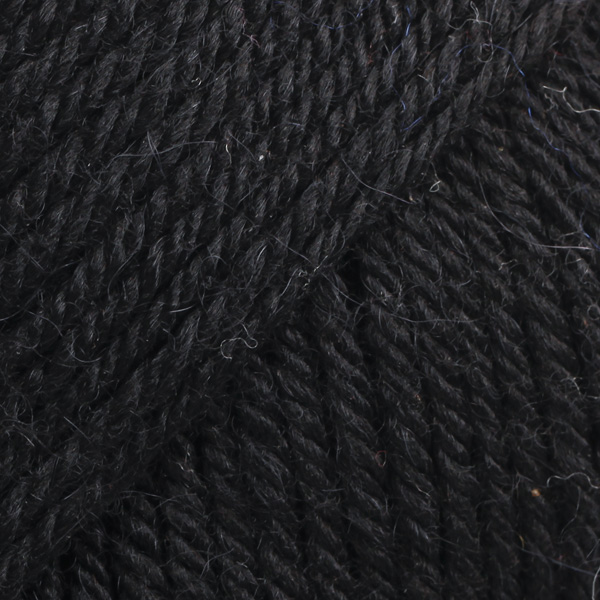


















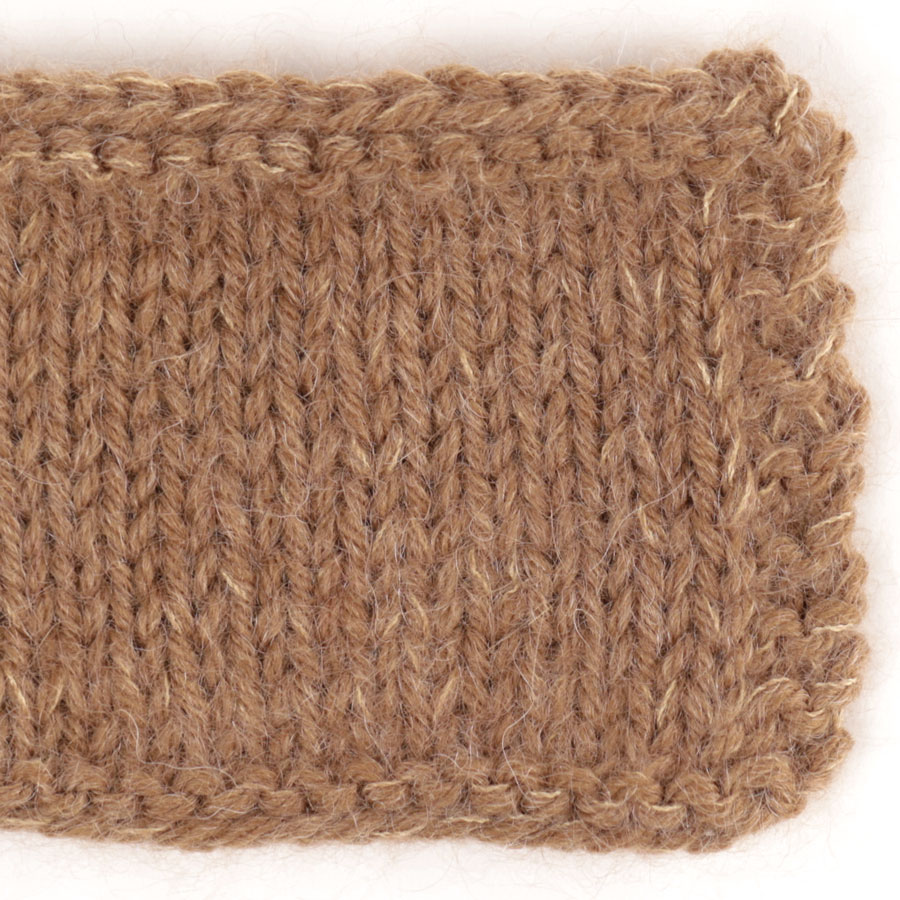
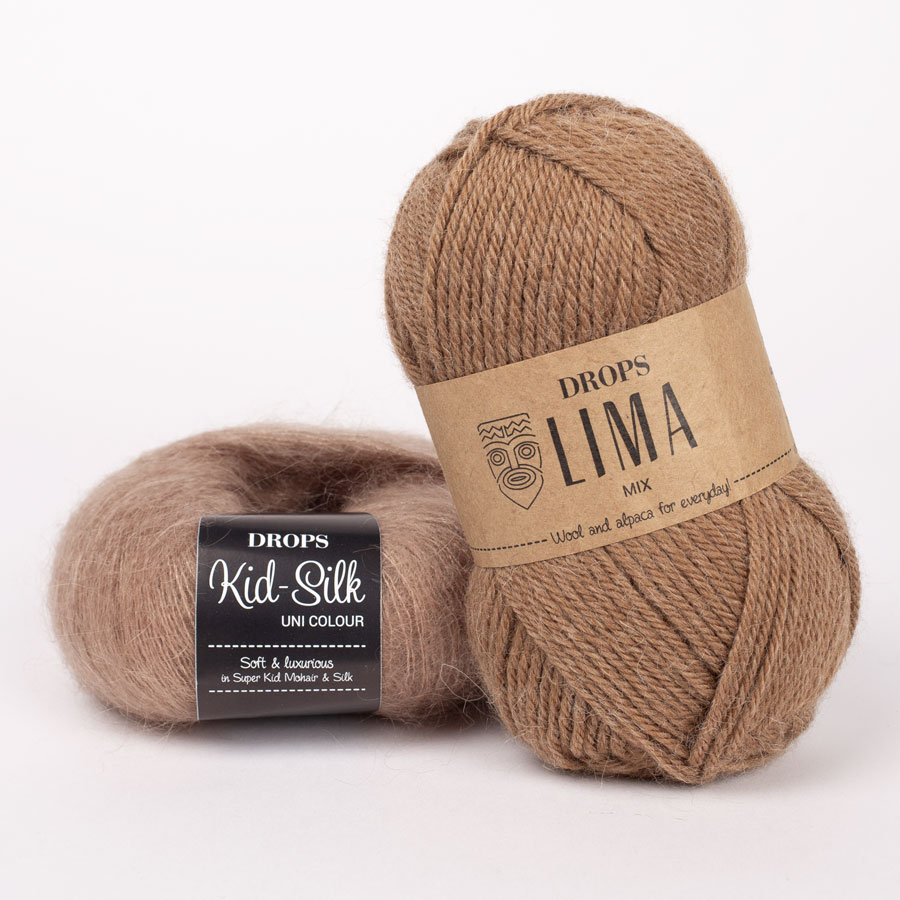
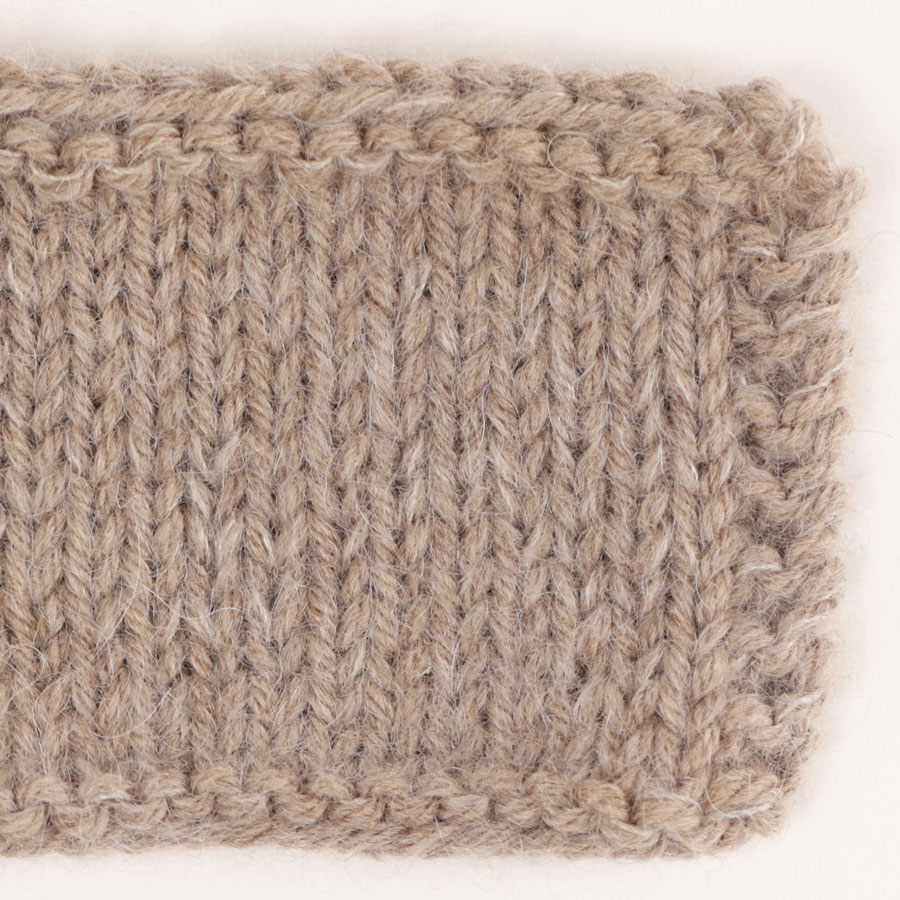
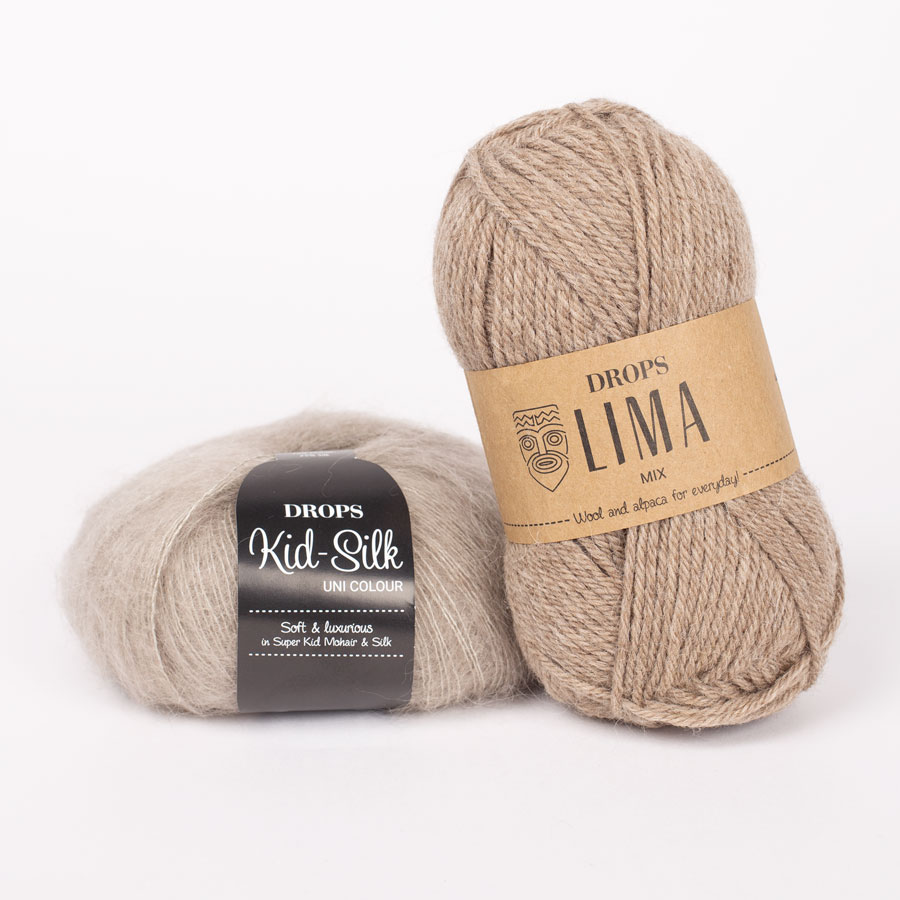
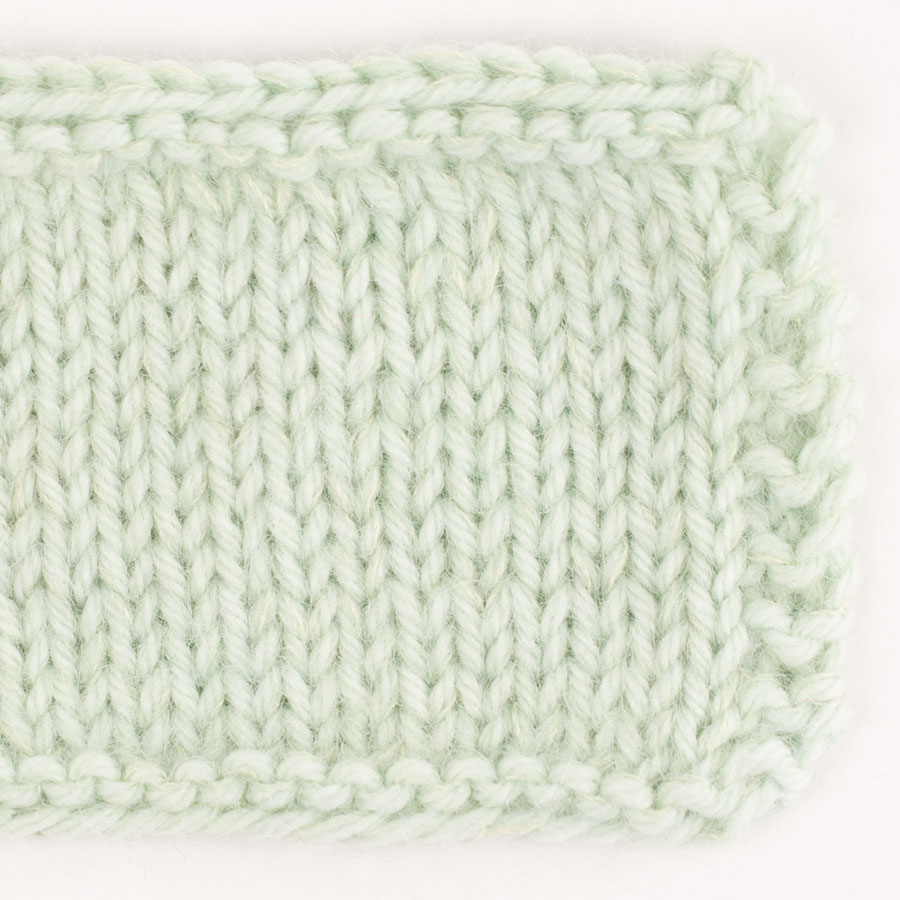
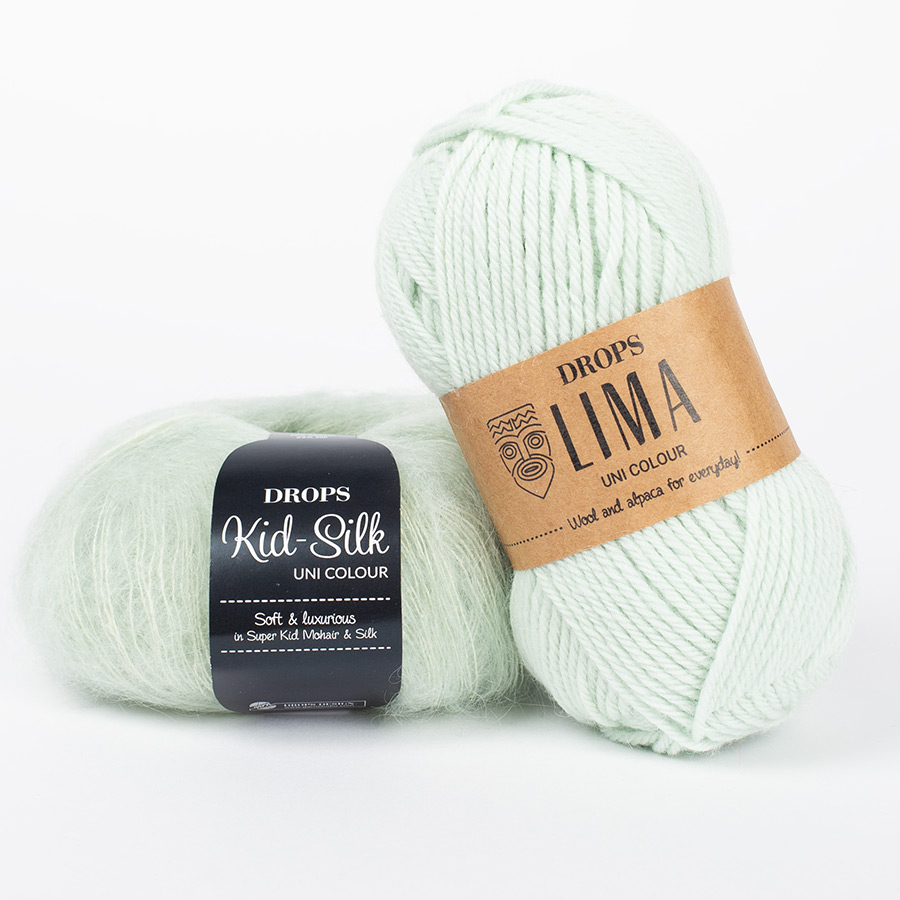
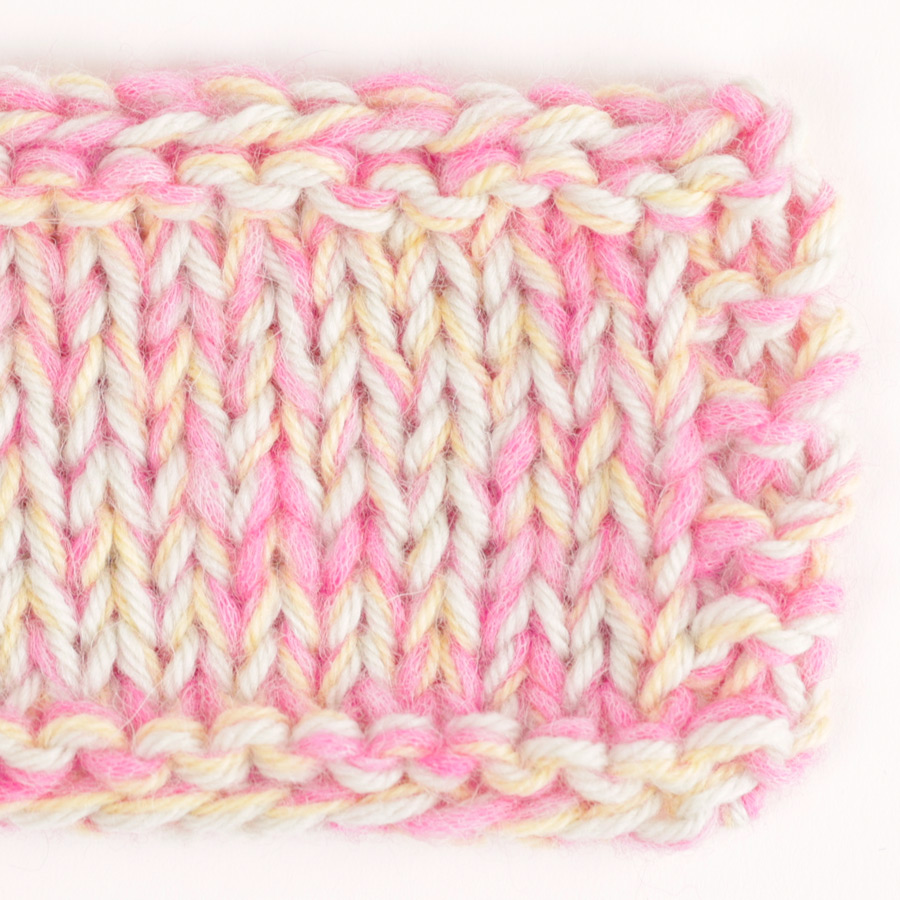
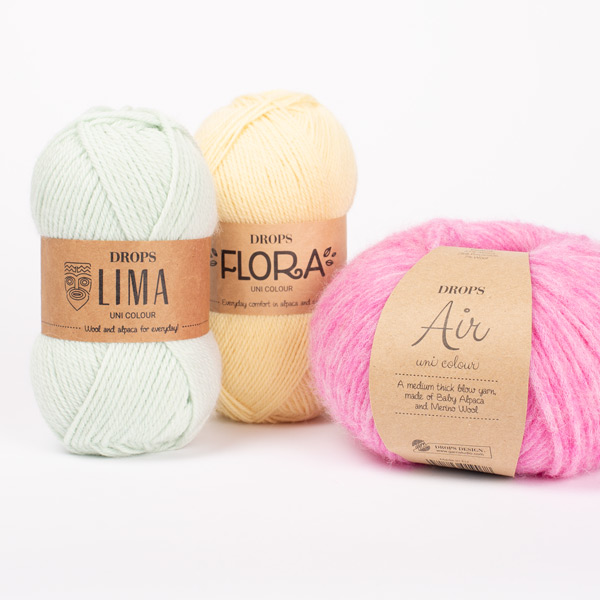
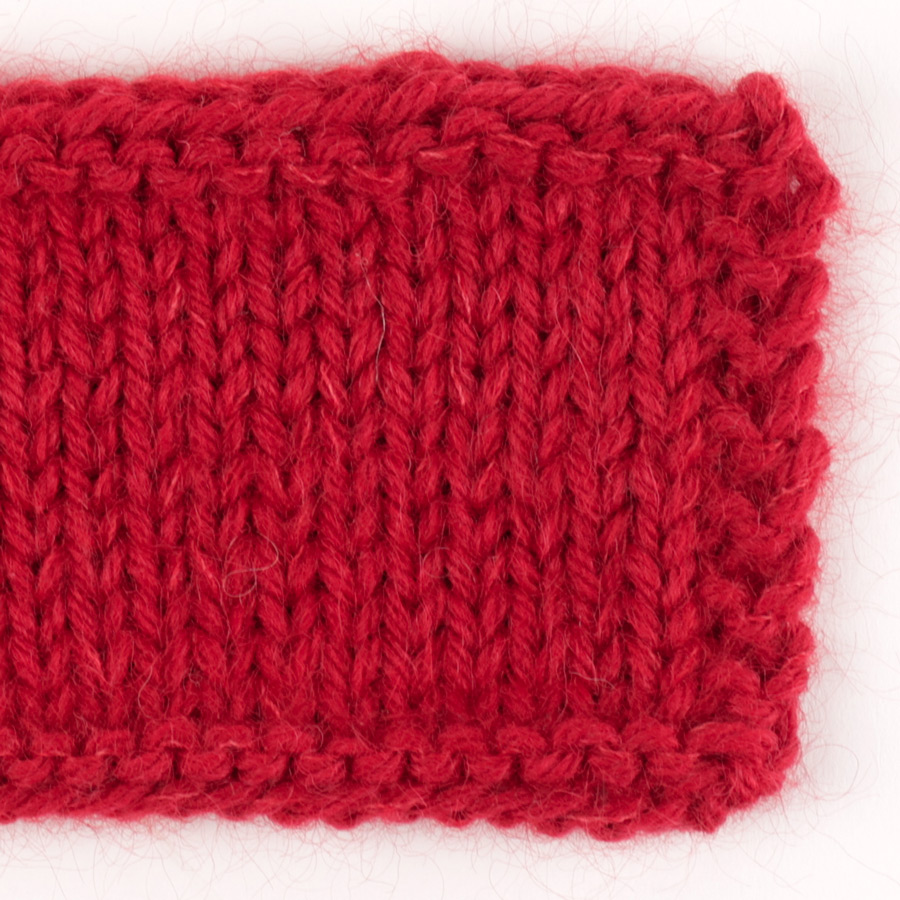
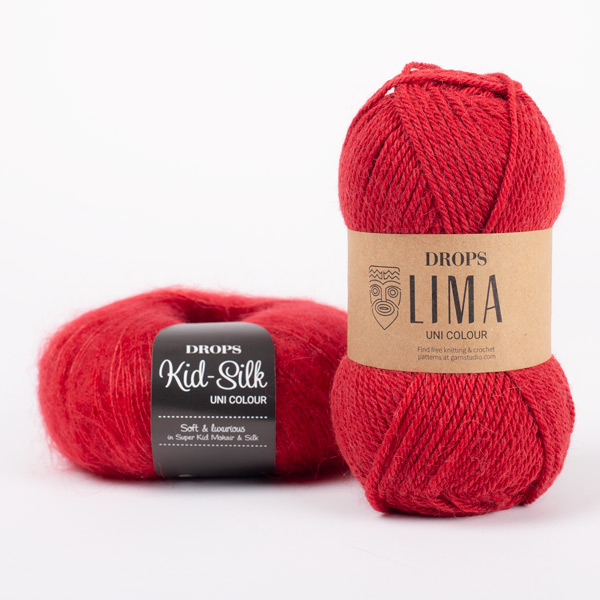
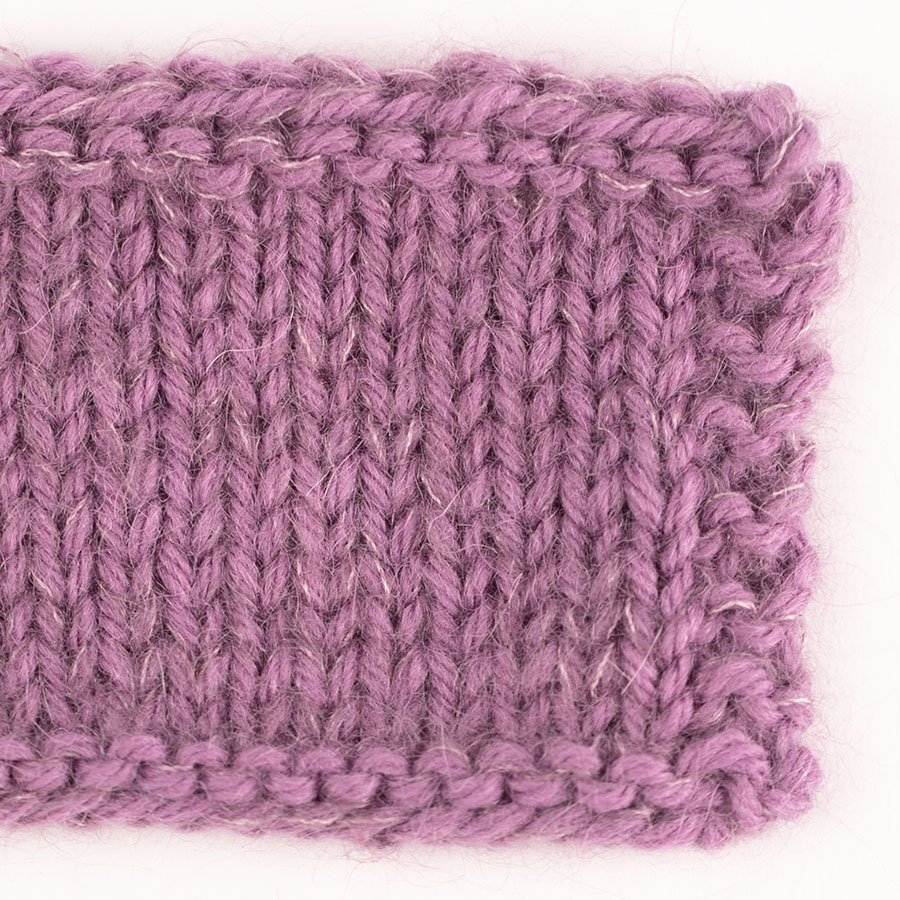

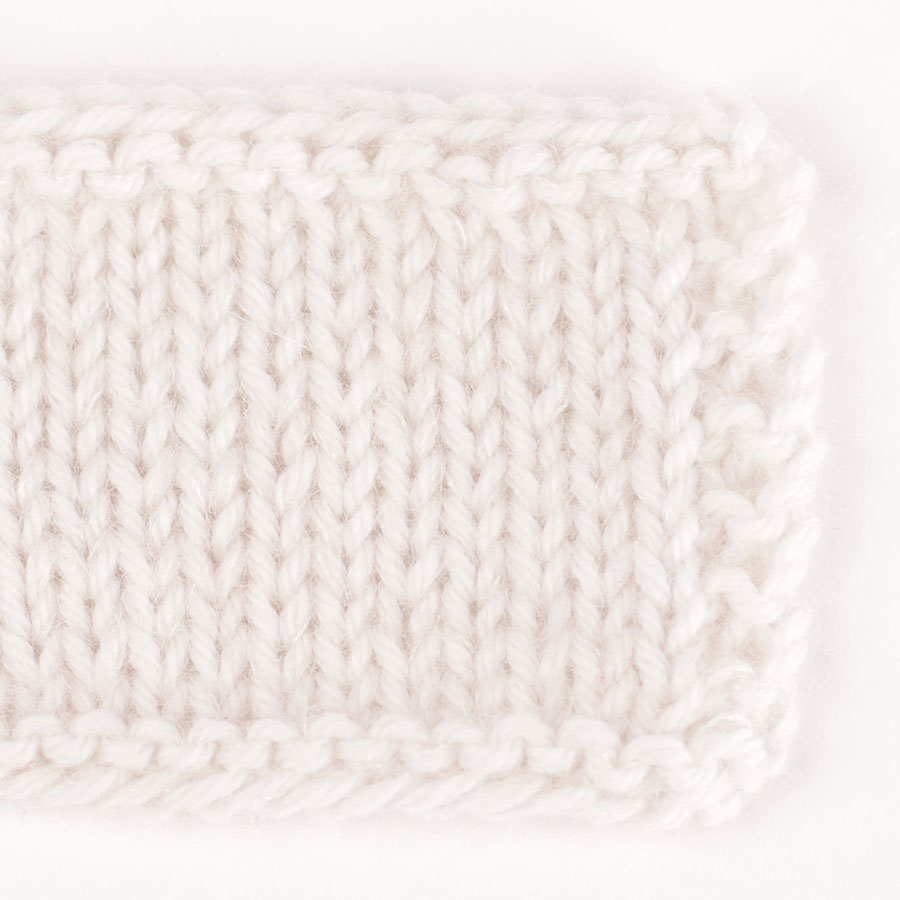
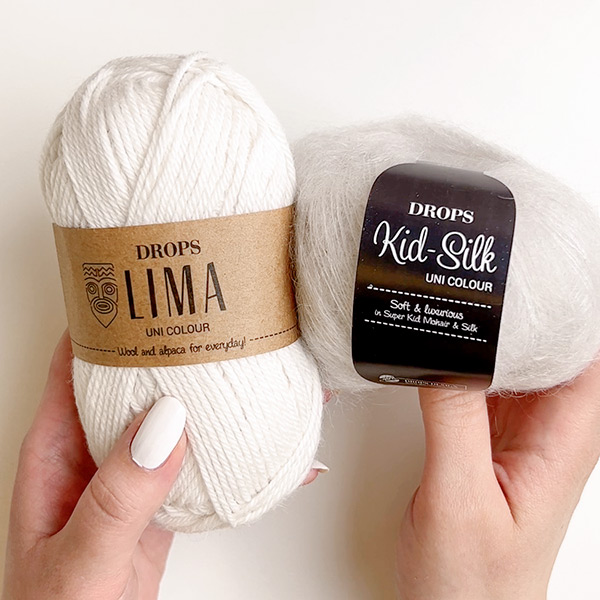
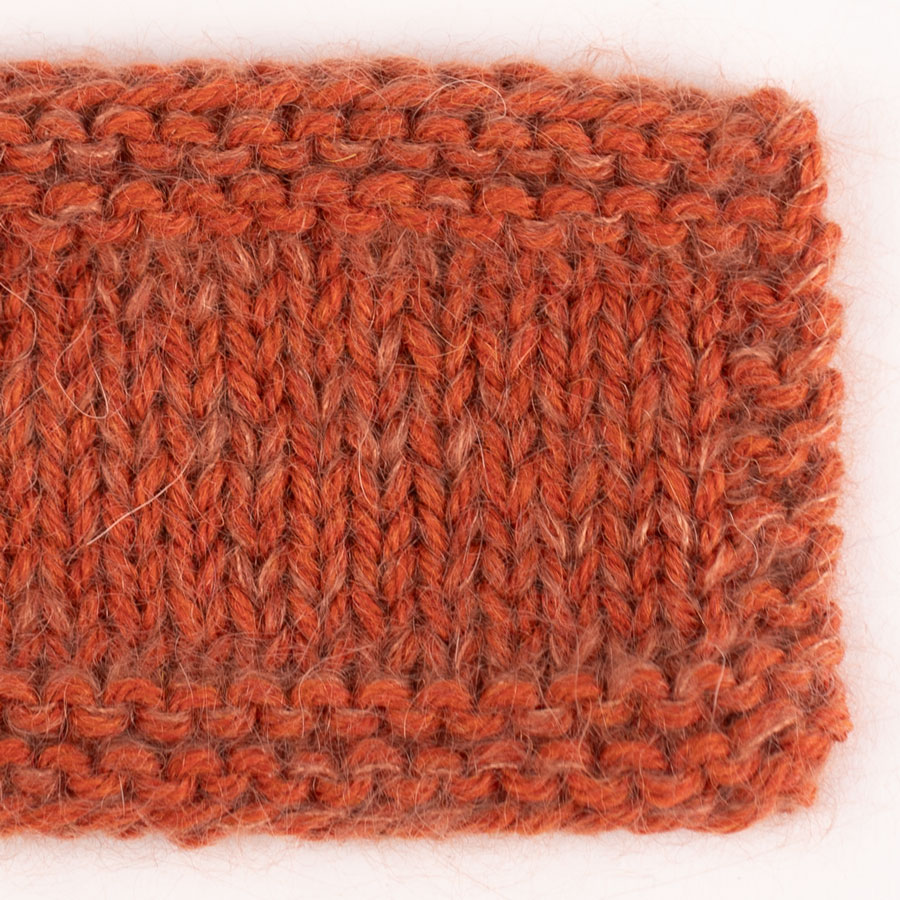
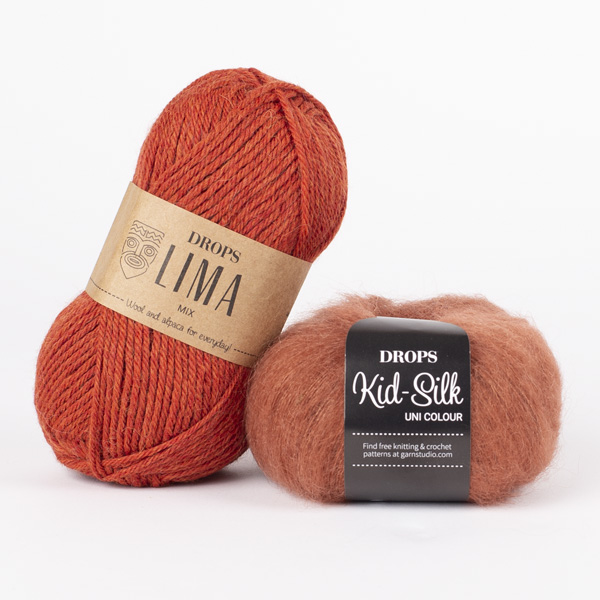

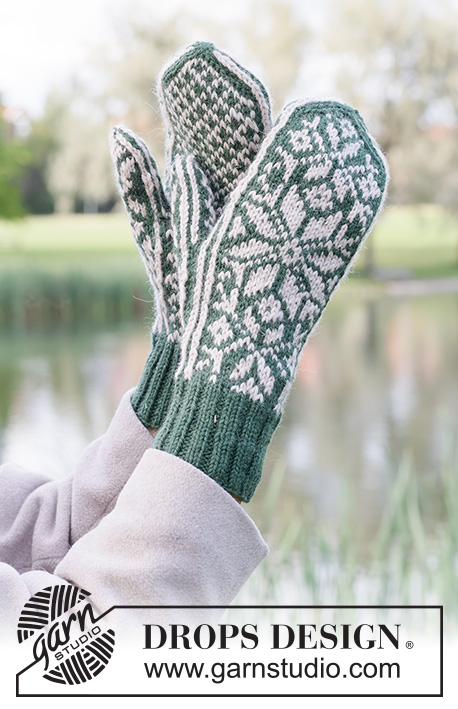

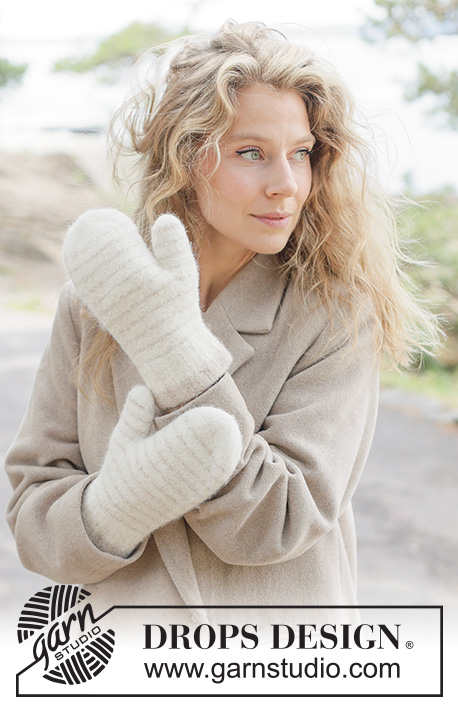
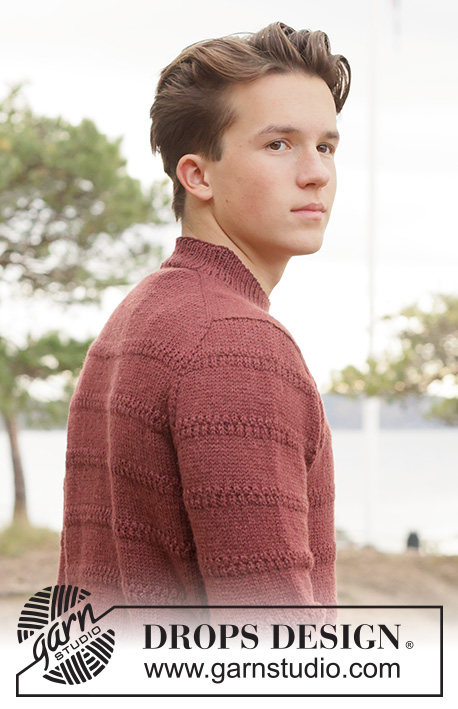




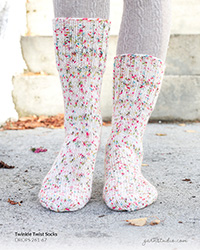
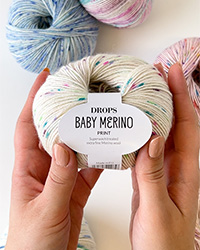
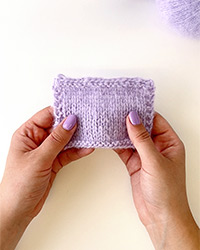
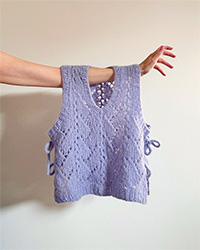

Après 1 an ma veste en Lima n'a pas bougé, elle est toujours aussi belle et moelleuse et n'a pas bouloché. Je l'ai même lavée à la machine programme laine 30° et essorage 500 tours/mn et elle est sortie impeccable ni agrandie ni rétrécie !!! Une laine que je recommande fortement, douce et bien chaude. Isa.
02.03.2016 - 18:30